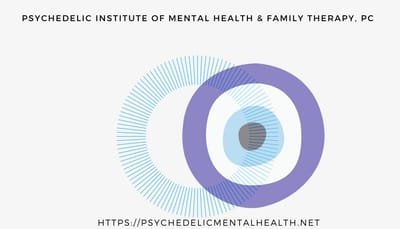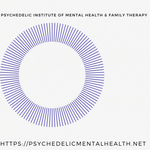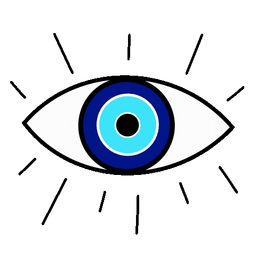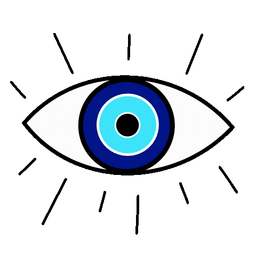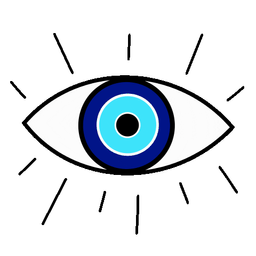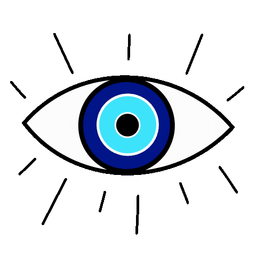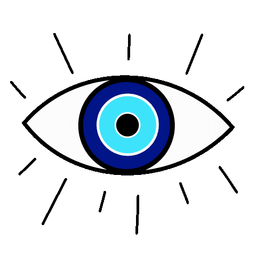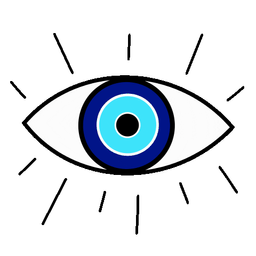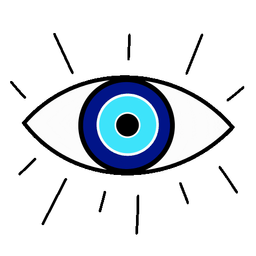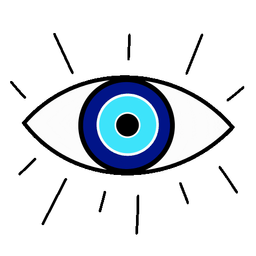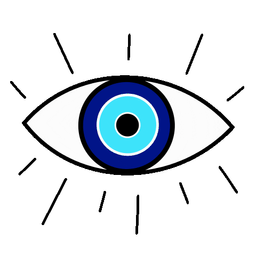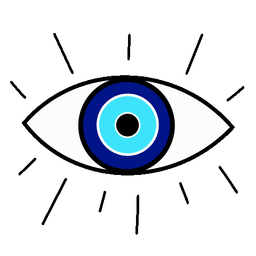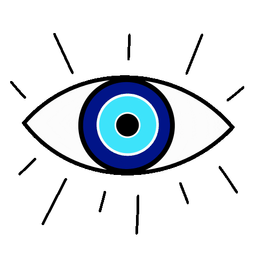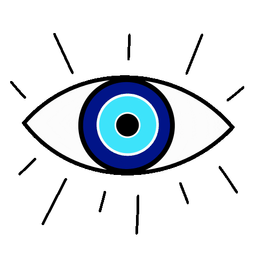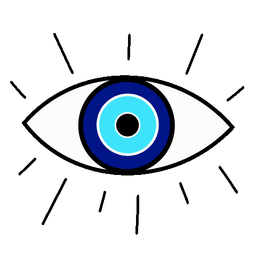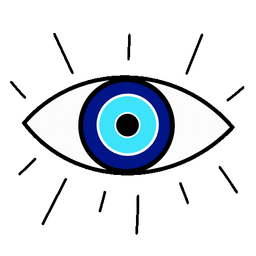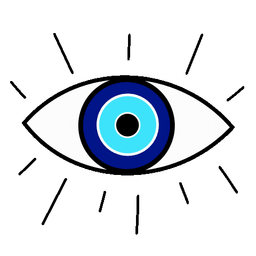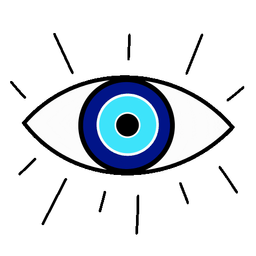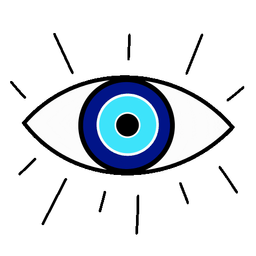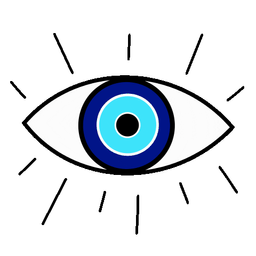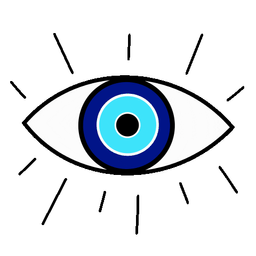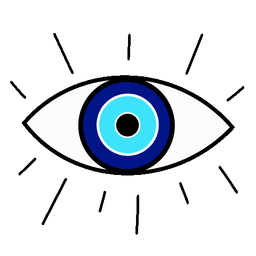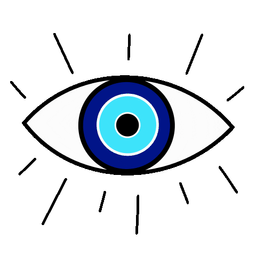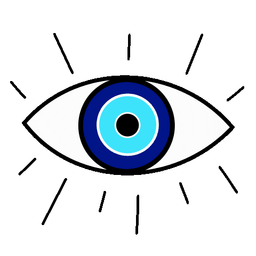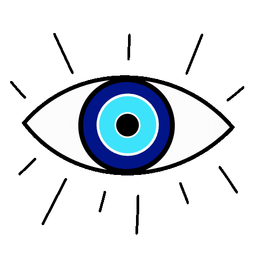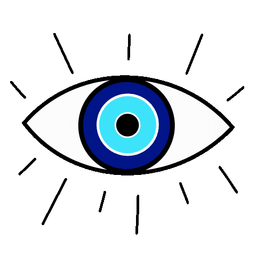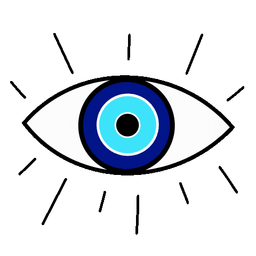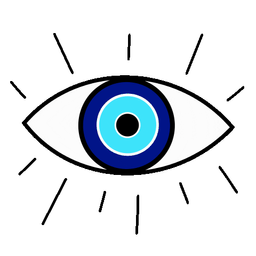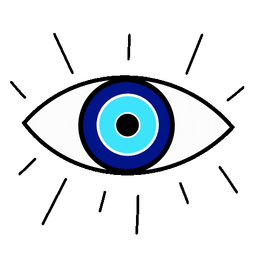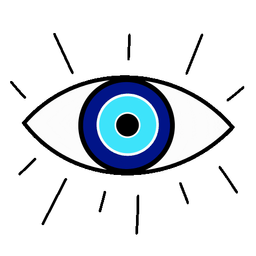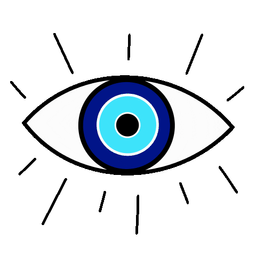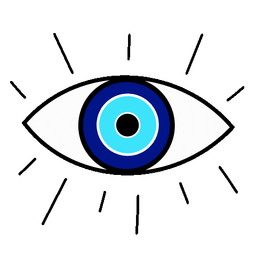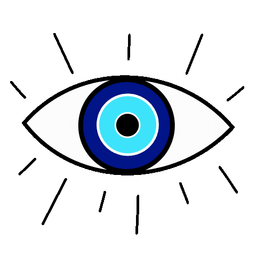Psychedelic Cognitive Behavioral Therapy: On Ketamine, Context, and Competencies in "Assisted-Psychotherapy”

An evolving overview of cognitive behavioral therapy in modern psychedelic-assisted psychotherapy and ketamine psychedelic therapy See Preliminary Lit Review for more sources and summaries (Edits ongoing)

Hay muchas herramientas que ayudan a un psicoterapeuta a que sus pacientes aprendan a aplicar el lenguaje de la terapia cognitivo-conductual, en especial aquellas que facilitan la alianza terapéutica. Entre ellas se incluye la telesalud, que hoy juega un papel clave en Uruguay. | Terapia Cognitivo-Conductual Psicodélica: sobre la ketamina, el contexto y las competencias en Psicoterapia Asistida
In the policy discussions on psychedelics medicines, psychedelic-assisted psychotherapy and the various roles of providers, scopes of practice, and competencies with all of their nuance, may not be addressed, or are summarily dismissed as not being evidence-based and too difficult to study.
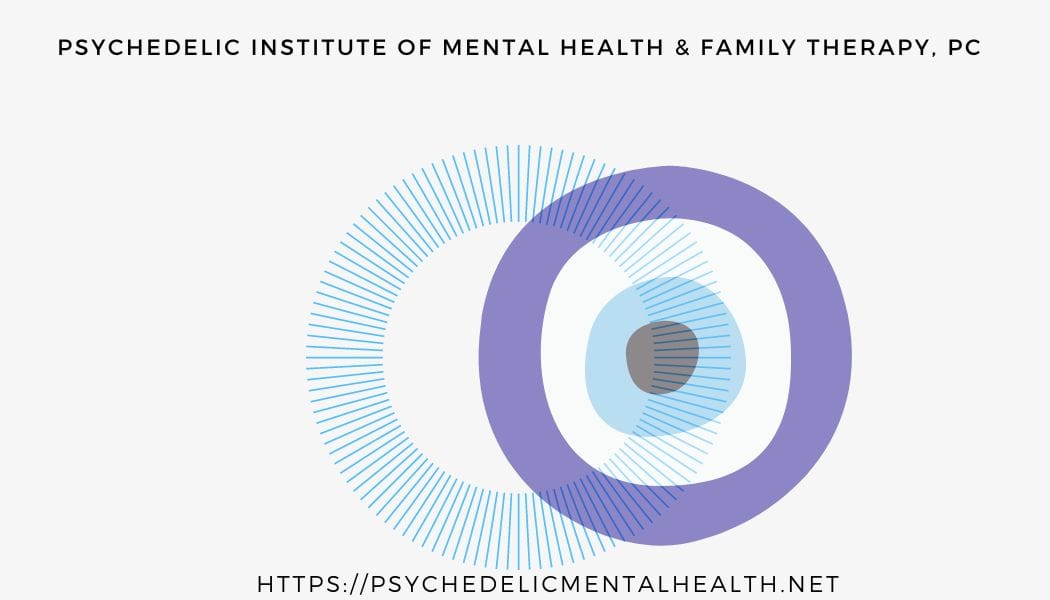
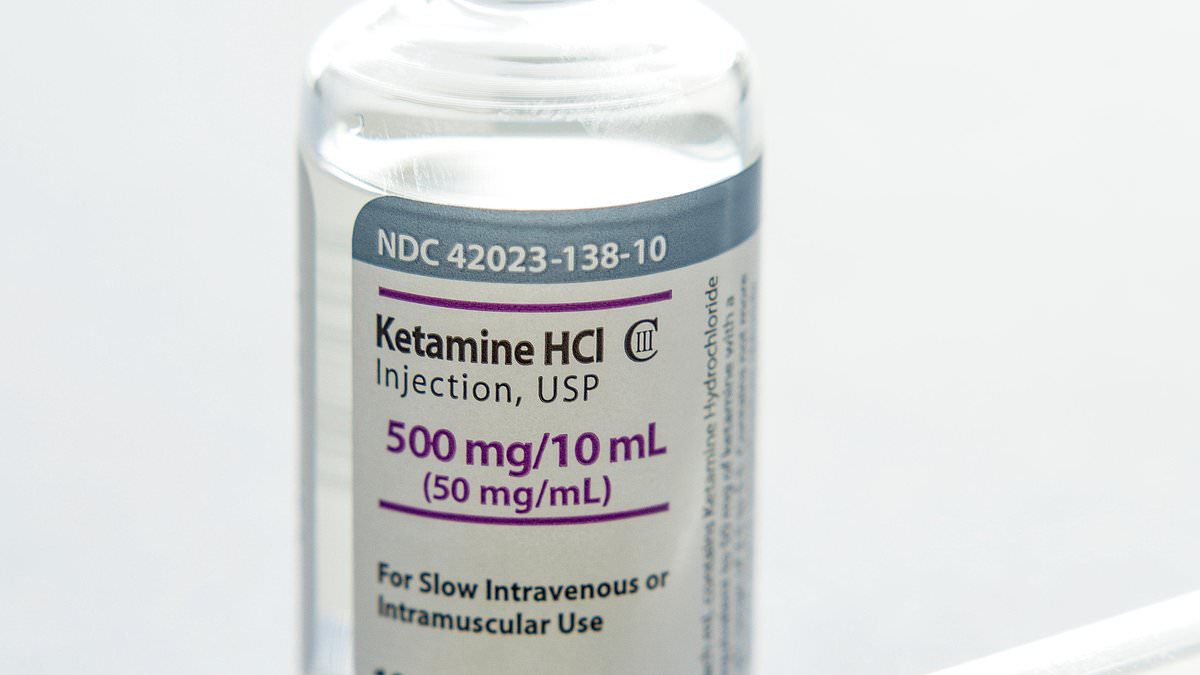
August 2025: "A carefully controlled dose of ketamine (a dual anaesthetic and painkiller medicine that affects certain brain receptors) given by drip, and a course of cognitive behavioural therapy, or CBT, designed to specifically help prevent relapse shows promising results - In phase II testing, people given the treatment had 50 per cent fewer heavy drinking days compared to those who received a placebo."
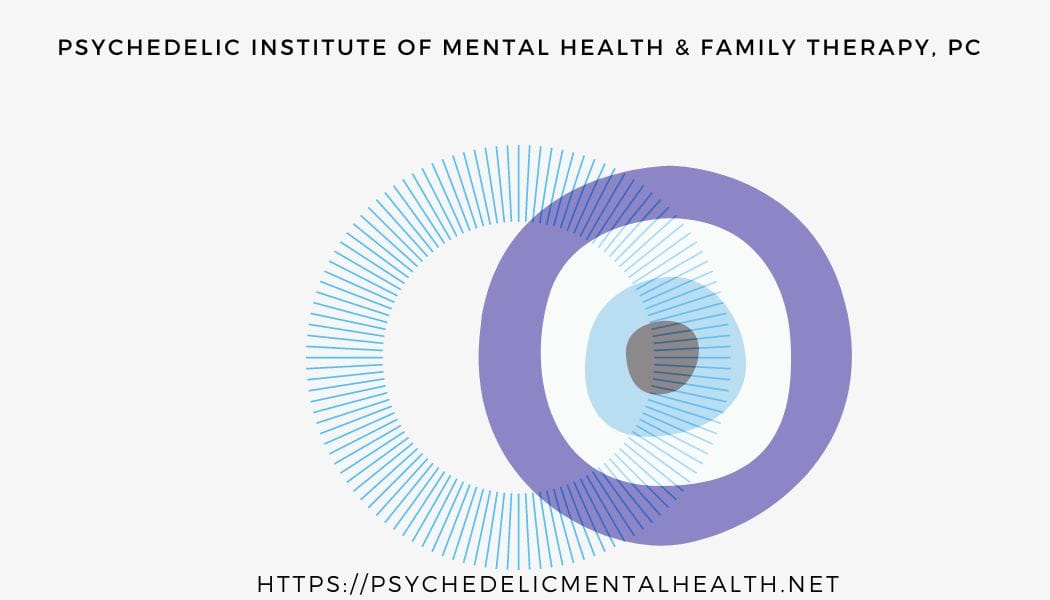
"The results showed significant symptom reduction across all groups, with the most pronounced effects observed in those who received concurrent psychotherapy. While infusion number did not significantly alter outcomes, the integration of ketamine with psychotherapy appeared to enhance treatment response."
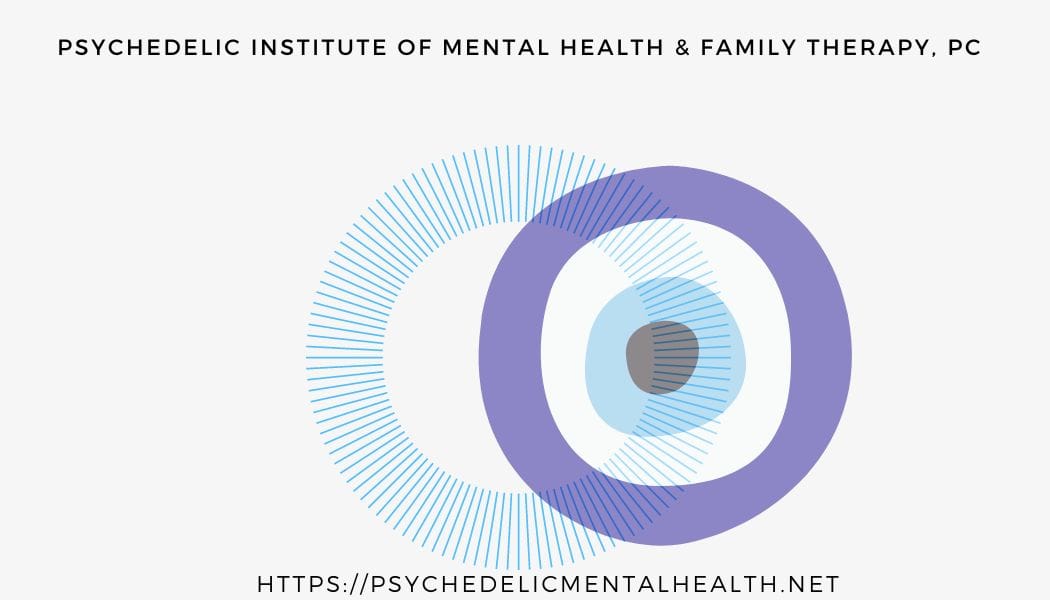
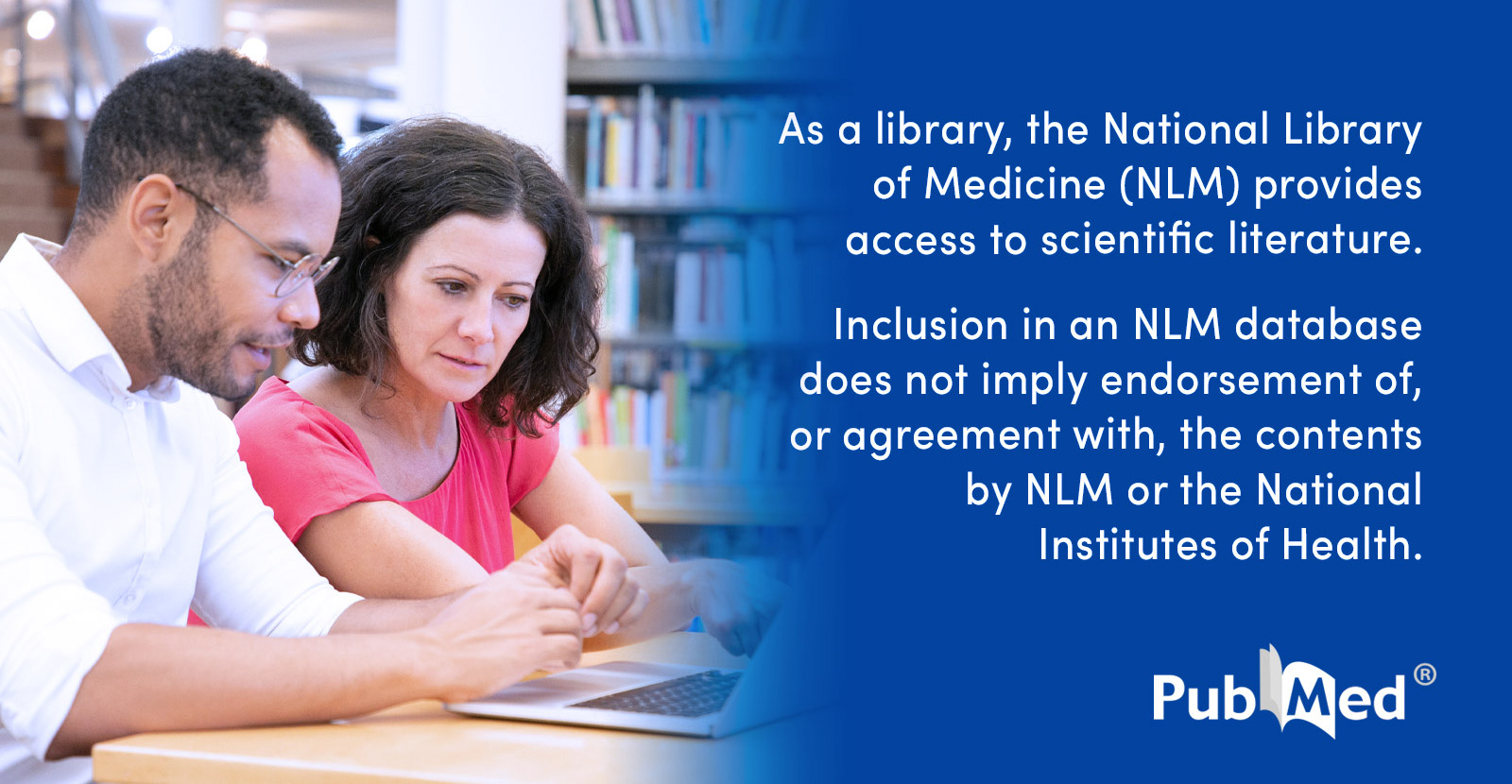
"The glutamatergic modulator ketamine has created a blueprint for studying novel pharmaceuticals in the field. Recent studies suggest that “classic” serotonergic psychedelics (SPs) may also have antidepressant efficacy. Both ketamine and SPs appear to produce rapid, sustained antidepressant effects after a transient psychoactive period.” (2020)
Cognitive behavioral therapy is a set of concepts a psychotherapist may help you learn to apply in your ongoing mental health. Psychotherapists are licensed to work with these concepts with individuals and groups in person, at home, in hospitals, churches, disaster sites, in nature, or via telehealth.
Sometimes medicine is added to psychotherapy as directed by a healthcare provider. This includes racemic ketamine, an off-patent generic medicine originally FDA-approved in 1970, and used as an anesthetic in high-doses. Ketamine is on the WHO’s list of Essential Medicines, and has been concurrently studied at sub-anesthetic, yet fully psychedelic doses since 1970 for a number of mental health indications, including anxiety, depression, alcoholism, eating disorders, obsessive-compulsive disorders, pain management and PTSD. As a repurposed medicine with over 60 years of clinical use, ketamine has been studied for a number of indications longer than many FDA-approved psychiatric medicines approved for daily home use. This literature review aims, through the research, to integrate some of the disparate parts of mental health care, as medicines like ketamine are normalized as viable, modern adjuncts to evidence-based psychotherapy.

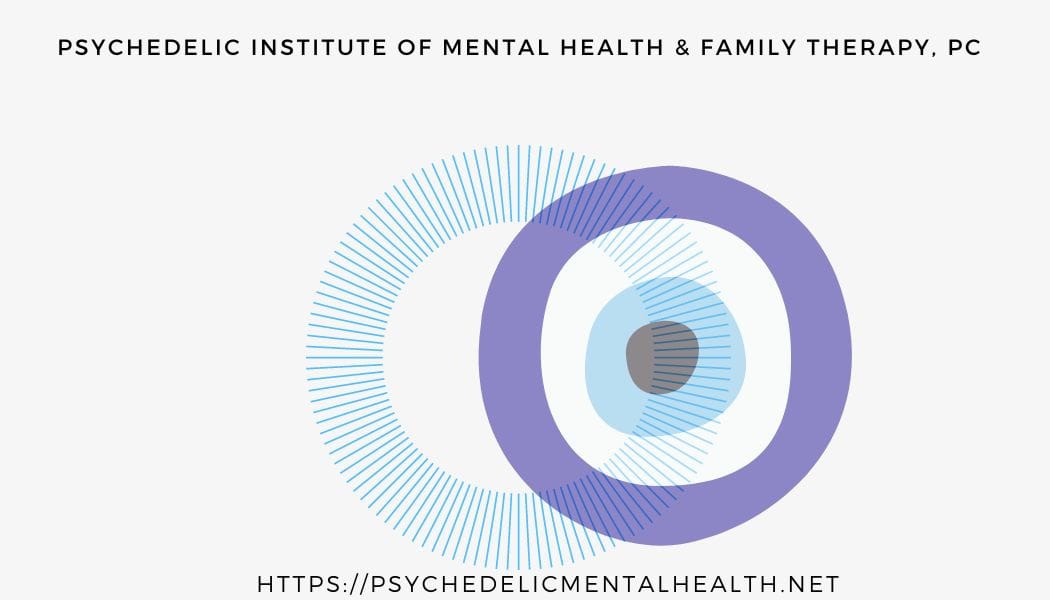
(2025):"Designed for varied service models, the framework is substance-unspecific (i.e., covering various classical and atypical psychedelic agents) and transtheoretical (i.e., compatible with cognitive-behavioral, psychodynamic, humanistic-experiential, systemic and other psychotherapeutic orientations)."
Different Medicines Require Specific Preparation & Support
There are various needs a client has when working with medicines that affect mental health and well-being. All medicines, including traditional antidepressants like SSRI’s, come with precautions, risks, and expectations as to how to best support how that medicine works. A pharmaceutical company promoted the idea with a cartoon that depression is caused by “not enough serotonin”, although recent study suggests this is not the case. Vargas and colleagues write in 2023, in their study "Psychedelics promote neuroplasticity through the activation of intracellular 5-HT2A receptors":
“Serotonin, because of its polar chemical composition, cannot readily pass the neuronal cell membrane. Serotonin doesn’t induce plasticity. Therefore, boosting serotonin levels by selective serotonin reuptake inhibitors (SSRIs) was largely a futile effort for the meaningful treatment of depression. Only a small portion of patients respond.”
Another way to prepare for a medicine is to understand the risk of side effects that may be considered adverse. This study "Side effects of antidepressants during long-term use in a naturalistic setting” (Bet, et al, 2013) found:
Side effects of antidepressants are usually underreported in clinical trials and large scale naturalistic studies are restricted to six months of use. We examined the prevalence and nature of patient-perceived side effects and their determinants during long-term antidepressant use in a naturalistic setting. Subjects, aged 19 to 67 years, in the Netherlands Study of Depression and Anxiety were recruited from primary care and specialized mental health care covered 927 cases of single antidepressant use. In 64% of cases, on average, 2.9 side effects were reported... We show that antidepressant side effect, known from short-term studies, persist during long-term use and are associated with depression severity and antidepressant dose. A novel finding was that venlafaxine is associated with more profuse sweating and that weight gain appeared more specific in female users. Clinicians should be aware that, during long-term antidepressant use, side effects are common and persistent.
Racemic ketamine, a generic, FDA-approved medicine currently available around the world, has been studied for over 60 years. This medicine is described as having psychedelic (dissociative, ego-dissolving, out-of-body) and/or other visionary effects, which require precautions and support, but different than for an SSRI. This medicine has been categorized as a dissociative anesthetic, and is FDA-approved in humans and animals for anesthesia and sedation. It has been studied and prescribed off-label since as early as 1970 for a number of mental health and pain indications.
In much of the literature, the “dissociative effect", another word for psychedelic, is sometimes considered an adverse effect. The support and precautions pertaining to ketamine range from very little care for very-low dose ketamine prescribed from medical providers with one point of view, to ketamine being administered via IV pump or drip directly to your bloodstream while under medical observation. Approaches run the gamut.
When a medicine is administered into your bloodstream by injection it may have an elevated level of risk, requiring ongoing monitoring compared to taking the medicine by mouth. For example, benzodiazepine (Valium), historically only given in clinical settings by injection, have been prescribed to be taken by mouth for decades, which has allowed benzodiazepines to be prescribed for home use, even though at higher doses this drug is also used for "to induce relaxation and cause amnesia prior to surgical operations.” Benzodiazepines are also prescribed for mental health indications such as anxiety, by primary care providers, as well as psychiatric specialists, often without referrals for evidence-based psychotherapy. From the FDA:
We reviewed postmarketing databases, adverse event cases reported to FDA,* and the published literature on abuse, misuse, addiction, dependence, and withdrawal associated with benzodiazepine use (see Data Summary). Our review found that benzodiazepines are widely prescribed in the U.S., often for long periods of time. They are also widely abused and misused, often together with alcohol, prescription opioids, and illicit drugs, which worsen the risks of serious problems. We also found that some patients have had serious withdrawal reactions after benzodiazepines were stopped suddenly or the dose was reduced too quickly. Some patients experienced withdrawal symptoms lasting many months.
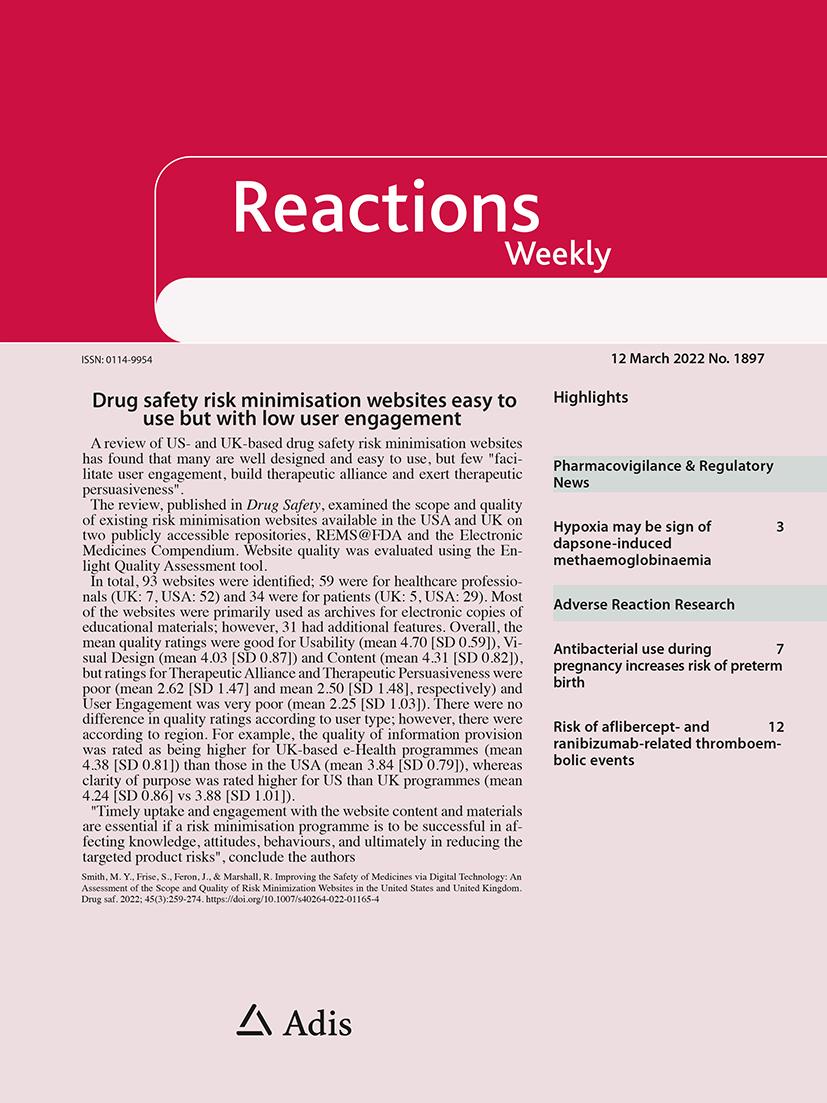
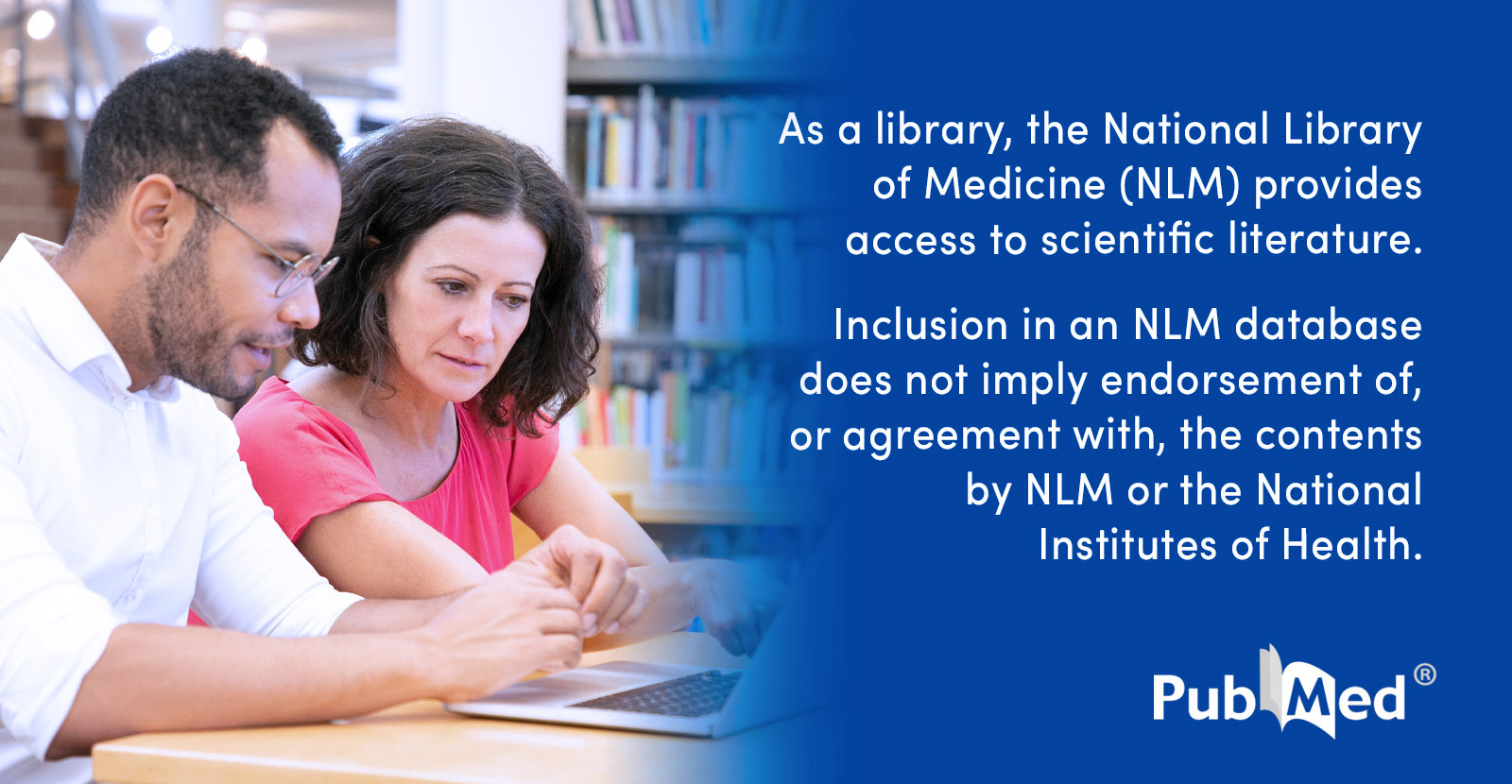
(2022): "use of non-parenteral racemic ketamine formulations (oral, sublingual, and IN) may offer more realistic access in less rigidly supervised settings, both for acute and maintenance treatment in select cases."
In "Non-parenteral Ketamine for Depression: A Practical Discussion on Addiction Potential and Recommendations for Judicious Prescribing" (Swainson, et al, 2022), researchers report:
Intravenous (IV) ketamine is increasingly used off-label at subanesthetic doses for its rapid antidepressant effect, and intranasal (IN) esketamine has been recently approved in several countries for treating depression. The clinical utility of these treatments is limited by a paucity of publicly funded IV ketamine and IN esketamine programs and cost barriers to private treatment programs, as well as the drug cost for IN esketamine itself, which makes generic ketamine alternatives an attractive option. Though evidence is limited, use of non-parenteral racemic ketamine formulations (oral, sublingual, and IN) may offer more realistic access in less rigidly supervised settings, both for acute and maintenance treatment in select cases. However, the psychiatric literature has repeatedly cautioned on the addictive potential of ketamine and raised caution for both less supervised and longer-term use of ketamine. To date, these concerns have not been discussed in view of available evidence, nor have they been discussed within a broader clinical context. This paper examines the available relevant literature and suggests that ketamine misuse risks appear not dissimilar to those of other well-established and commonly prescribed agents with abuse potential, such as stimulants or benzodiazepines. As such, ketamine prescribing should be considered in a similar risk/benefit context to balance patient access and need for treatment with concern for potential substance misuse. Our consortium of mood disorder specialists with significant ketamine prescribing experience considers prescribing of non-parenteral ketamine a reasonable clinical treatment option in select cases of treatment-resistant depression. This paper outlines where this may be appropriate and makes practical recommendations for clinicians in judicious prescribing of non-parenteral ketamine.
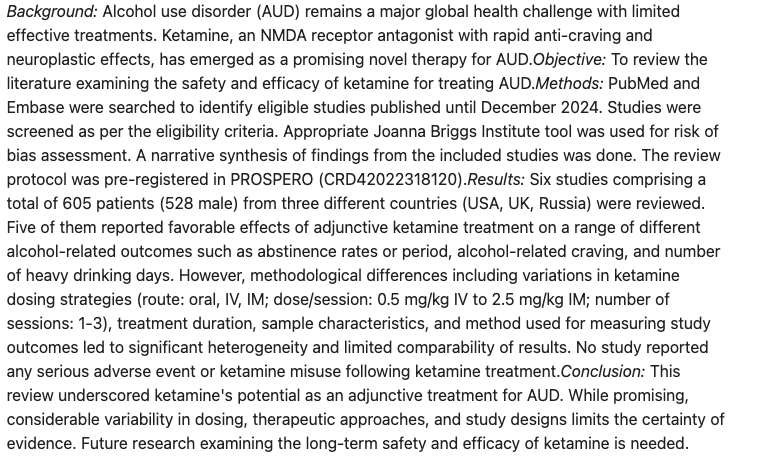
"No study reported any serious adverse event or ketamine misuse following ketamine treatment. This review underscored ketamine's potential as an adjunctive treatment for Alcohol Use Disorder."
There are known risks in medicine. Treatment involves planning ahead to decrease any likelihood of harm, and to maximize the possibility that the prescribed medicine will help in your healing, and decrease suffering. Ketamine administered by mouth in the sub-anesthetic range titrated to the individual client may be seen by ketamine specialist medical providers as an acceptable level of risk for their patients to take at home for a number of off label pain and mental health indications, as evidenced in ongoing scientific study and accepted practice in medical and mental health care, especially when in support of cognitive behavioral psychotherapy.
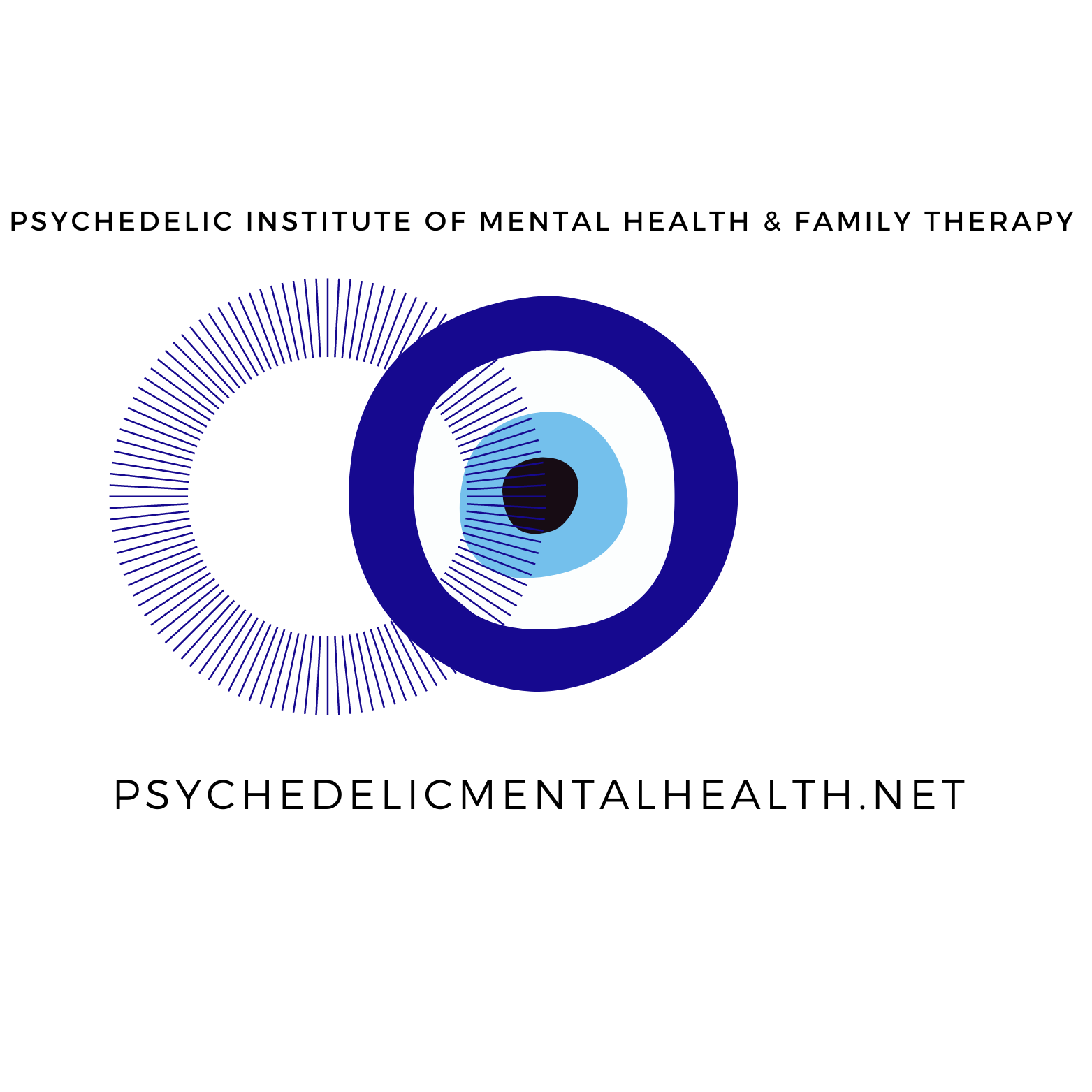

Spravato is given to assist a new antidepressant regimen, and not in conjunction with cognitive behavioral therapy.
What psychedelic providers offer cognititve behavioral therapy?
A discusssion of scopes of practice and scopes of competency
Clarification of Roles - What psychedelic Providers offer Cognititve Behavioral Therapy
Research continues to show that ketamine, like serotonergic psychedelic medicines, may elicit a psychedelic experience, which may be an important factor in treatment. This approach involves a multidisciplinary team. Not all of them are licensed or trained to offer psychotherapy approaches like CBT.
Scopes of Practice vs Scopes of Competency
Licensed psychotherapists work within accepted Scopes of Practices, Standards of Care, and state-licensing board descriptions of legal and ethical practice. Ethically, there is the additional standard of competency in psychotherapy, with and without the addition of medicines that may affect the psychology of the client, and/or the efficacy of the cognitive behavioral therapeutic intervention. A therapist who may be competent in supporting SSRI + cognitive behavioral therapy may not be competent in supporting a client through the process of psychedelic-assisted psychotherapy if they themselves have never had the experience. A psychiatrist competent in Stan Grof’s form of psychoanalysis, or someone who specializes in somatic experiencing may be within their Scope of Practice, but may not have a scope of competency to provide effective cognitive behavioral therapy.
Adequate training in cognitive behavioral therapy, with supervised practice is essential. Adequate personal study, research, and practice with each medicine is recommended, if not medically or otherwise contraindicated, as well as ongoing continuing education, peer supervision, interdisciplinary collaboration, and professional development. While psychopharmacology is a subject area required for many psychotherapist graduate programs and part of ongoing continuing education requirements for counselors, training in cognitive behavioral therapy is, unfortunately, not usually required training for psychiatric healthcare providers.
- Medical / Psychiatric Provider / Prescribing Clinician: Tasked with assessing and diagnosing your condition and prescribing a course of treatment which may include a medicine that affects your mental health in some way. That medicine, while in your body, may have acute effects, as in the case of ketamine. Medical providers work in offices and clinics, as well as via telehealth. These providers may elect to prescribe a medicine “off-label” if they have sufficient clinical rationale that it may help for a client population, such as those dealing with mental health symptoms like anxiety or depression. The medical provider offers a medical and psychiatric diagnostic framework, prescribing a course of medicine treatment, and the level of safety required. Ketamine by mouth has a multiple decade history of being self-administered outside of a clinic, while ketamine via injection, iv, or intranasally may have an escalated level of risk that your medical provider may feel is better managed in a medical setting. Insurance reimbursement is usually possible only with FDA-approved on-label indications. Spravato, the brand-name for half of the ketamine molecule, esketamine, is prohibitively expensive for many on its own, and has not been shown to be superior to generic racemic ketamine, which is already widely available in licensed compounding pharmacies around the world. Spravato is also prescribed as a chronic treatment, sometimes addition to starting a new daily antidepressant, also a chronic treatment, and with its own set of psychological and physiological risks. Medical providers may be within their scopes of practice to provide CBT, however may not be trained or competent to provide psychotherapy.
- Licensed Mental Health Providers: These are clinicians trained to assess and treat mental health conditions. With advanced training in applying a medicine or set of medicines to the individual's ongoing mental health and well-being, mental health clinicians like marriage and family therapists (LMFT's), clinical counselors (LPC, LMHC), clinical social workers (LCSW), nurse practitioners (NP) or their doctoral counterparts, such as clinical psychologists (PsyD) support what a medicine is doing acutely in the body (mind/brain) as well as supporting the client in an ongoing, professionally-sanctioned relationship within scopes of practice and competencies unique to the provider. This practice, generally called mental health counseling or psychotherapy, exists within the current accepted medical structure in the US and most other countries. This has historically been done in therapist office, in a client's home, in a church or temple, wildnerness camp, school, hospital, etc. Licensed mental health practitioners may have experience working with SSRI's, certain age groups or populations, animal-assisted therapy, psychedelic medicines, sex therapy, substance use disorders, or any number of other sub-specialities. Licensed mental health clinicians have practical experience working in these areas during graduate training internships and practicums at the Masters-level, as well as 3000 or more supervised clinical hours after graduate school (akin to a medical residency) before being independently licensed, which requires passing knowledge and ethics exams, and being fingerprinted. After being licensed, ongoing continuing education is required both to maintain the license, but also to ethically maintain a level of competency in the mental health therapist’s areas of practice. Colorado is beginning to offer clinical psychedelic facilitator certifications for mental health specialists. Around the globe, licensed mental health providers provide psychotherapy that is assisted by medicines such as ketamine, SSRI’s, entactogens, anntidepressants, anti-anxiety medicines, neuroplastogens, and/or plant medicines, and do so competently when trained, as new medicines are found to be effective in mental health conditions. These providers may provide cognitive behavioral psychedelic therapy within their scopes of practice, and should have training and supervision in CBT to meet their scope of competency ethical requirements.

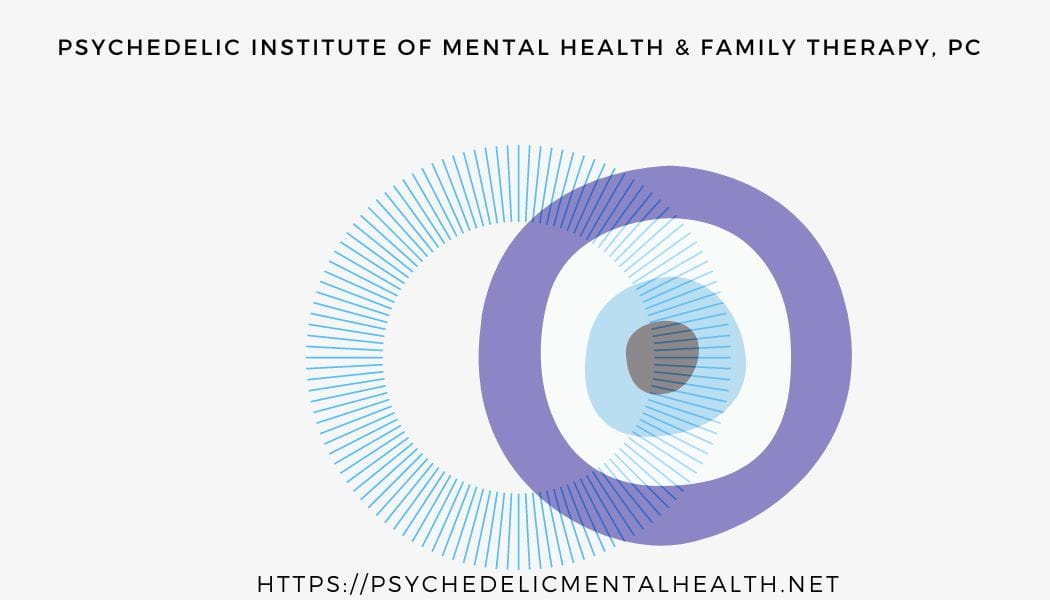
(2025): "Ketamine’s entry into psychiatric practice has paved the way for psychedelics."
- Psychedelic Facilitator (Guide, Coach, Doula, bodyworker, etc): This person may be additional to a psychotherapist, and may or may not do ongoing integration as part of mental health treatment. They may be keenly beneficial in other ways of the body, mind, heart and spirit, and supporting a client safely through whatever medicine experience they may have. A psychedelic facilitator may be a shaman, yogi, curandera, massage therapist, physical therapist, or other type of body worker, chaplain, death doula, or whoever else the client may feel comfortable and safe with while on the acute effects of a medicine. The facilitator sits with the person in their home, in the office, at a retreat, hospice, in nature, or in a ceremony, depending on the medicine and route of administration. The facilitator may or may not have ongoing contact with the client outside of the acute medicine experience. Oregon has a psychedelic facilitator license. Colorado is also beginning to offer a non-clinician facilitator license. Other states are in talks to begin certifying facilitators who are not licensed healthcare practitioners. A psychedelic facilitator certification is not the same as a license to provide mental health services like psychotherapy or mental health counseling. A psychedelic facilitator is not a licensed mental health practitioner, and their role is not to diagnose, assess, or treat a mental health diagnosis. However, there are non-licensed options to provide support in cognitive behavioral therapy, such as Smart Recovery. Smart Recovery trains recovery group facilitators, and upon completion are considered competent to facilitate a cognititve behavioral therapy based support group for people dealing with substance use disorders and recovery.

Ketamine is a legally-available medicine that medical providers repurpose for use in off-label indications. Local legality of different molecules, who may ingest these substances, and under what guidance may vary according to your location and particular situation.
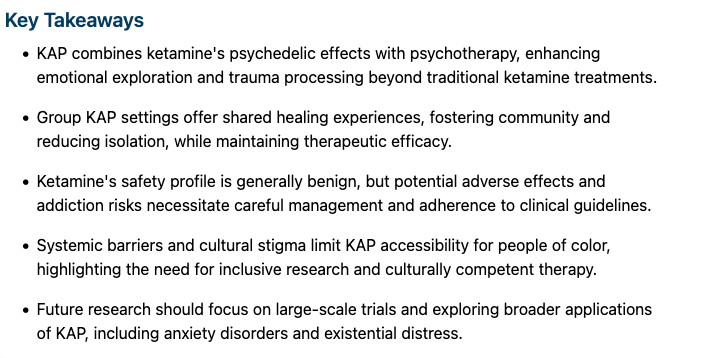
Sex is not part of this relationship, with any member of a psychedelic treatment team.

Ketamine-assisted psychotherapy with a highly-trained mental health specialist involves learning and applying a set of concepts, such as cognitive-behavioral therapy, to support the new neural connections and new ways of thinking that accompany successful treatment with this medicine, which has been described similarly to medicines like MDMA, DMT, LSD, 5-MEO-DMT, ibogaine, psilocybin, psilocin, arketamine, esketamine, r-MDMA, and others. Many of these medicines are making their way through the FDA approval process, sponsored by various pharmaceutical corporations.
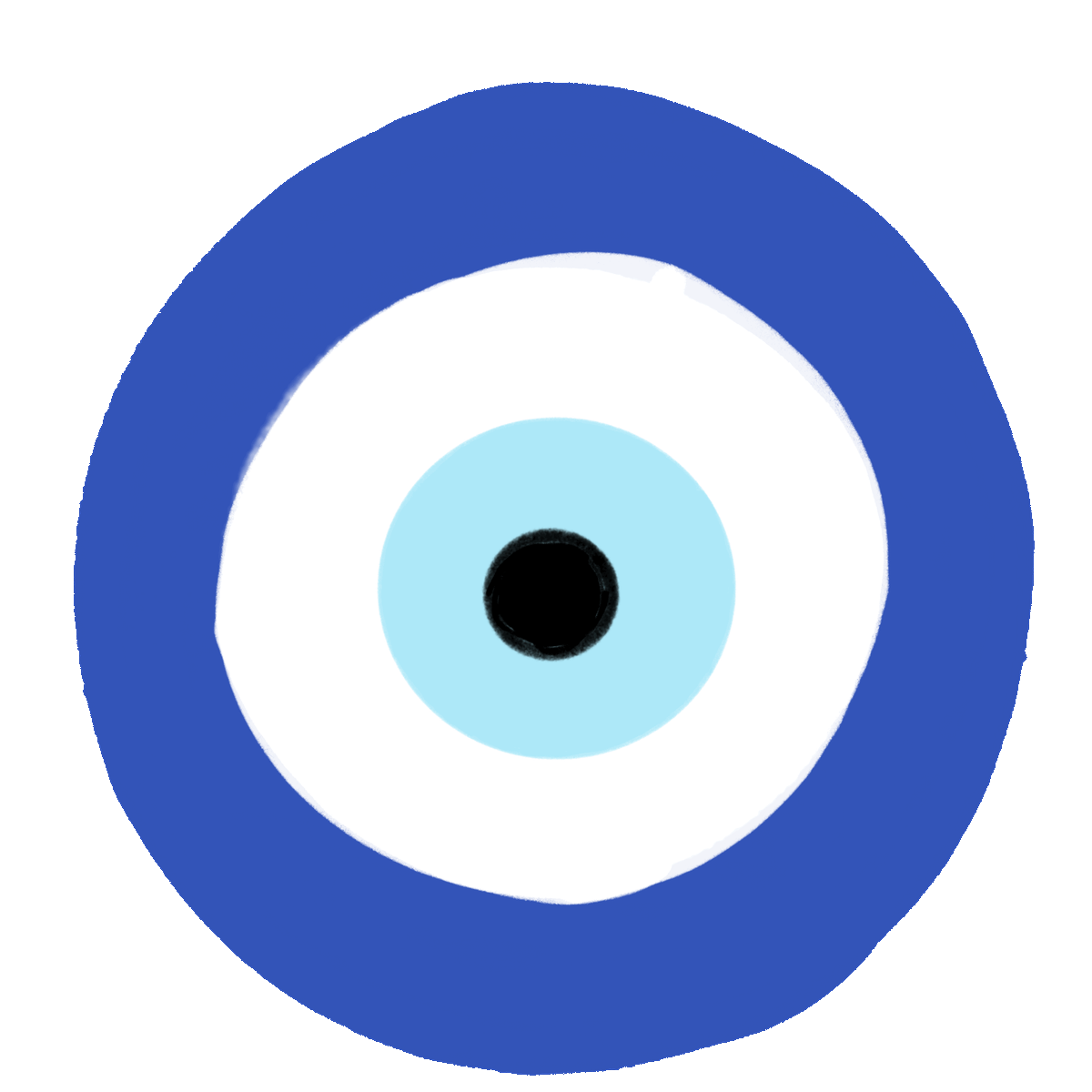
(2025):"non-traditional therapies, such as ketamine-assisted psychotherapy, demonstrate both safety and efficacy in treatment-resistant populations. Ketamine induces altered states of consciousness that have shown transformative psychological effects in some patients. Building on this, the field is now exploring classic psychedelics like psilocybin and LSD, which may offer even deeper transpersonal experiences and long-lasting therapeutic benefits."
Ketamine Assisted Psychotherapy: A Systematic Narrative Review of the Literature (Drozdz, et al, 2022)
"The use of Ketamine Assisted Psychotherapy (KAP) can potentially fulfill the unmet clinical need for an effective treatment for multiple complex and often comorbid pain, psychological, and substance use disorders. Ketamine’s demonstrated ability to produce antidepressant and anxiolytic effects likely interacts with the processes involved in psychotherapy, ideally as a conduit for rapid-change, increasing treatment engagement and adherence, building the therapeutic alliance, and lowering defensiveness by providing reprieves from distressing symptomology while inducing transpersonal experiences at higher doses. Continued engagement in psychotherapy after ketamine administration may prolong the often-transient effects of ketamine and allow for the integration of psychological insights into everyday functioning. While at present there is no standard approach to the application of KAP, it is important to prepare and support the patient during ketamine administration and to offer follow-up psychotherapy sessions to maintain positive effects and delay or eliminate relapse. As KAP research continues to evolve, a focus on increasing the duration of positive effects may lead to effective interventions and maintenance programs, improving KAP such that it becomes an effective, long-lasting treatment for complex, resistant, and chronic conditions for people living with pain, mental health, and substance use disorders."
On dosing escalation / exploration / titration:
"The theorized effectiveness of ketamine in psychotherapy is based on: (a) increased acss to traumatic memory via enhanced synaptic connectivity; (b) decreased central sensitization via downregulation of the prefrontal cortex, and (c) enhanced extinction of previously paired pain-related memories.21 Therefore, KAP can utilize a dosage escalation strategy to achieve different levels of trance, increasing to full out-of-body experiences.23")
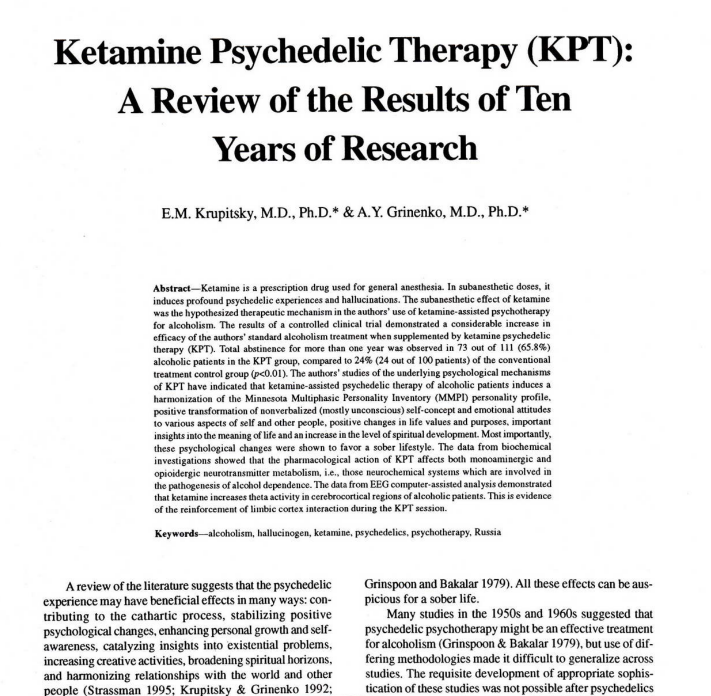
"We have been working with KPT since 1985 and have already treated with KPT more than 1000 alcoholic patients without any complications like protracted psychoses, flashbacks, agitation, or ketamine abuse. So, KPT seems to be safe and effective method of treatment of alcohol dependence." (1997)

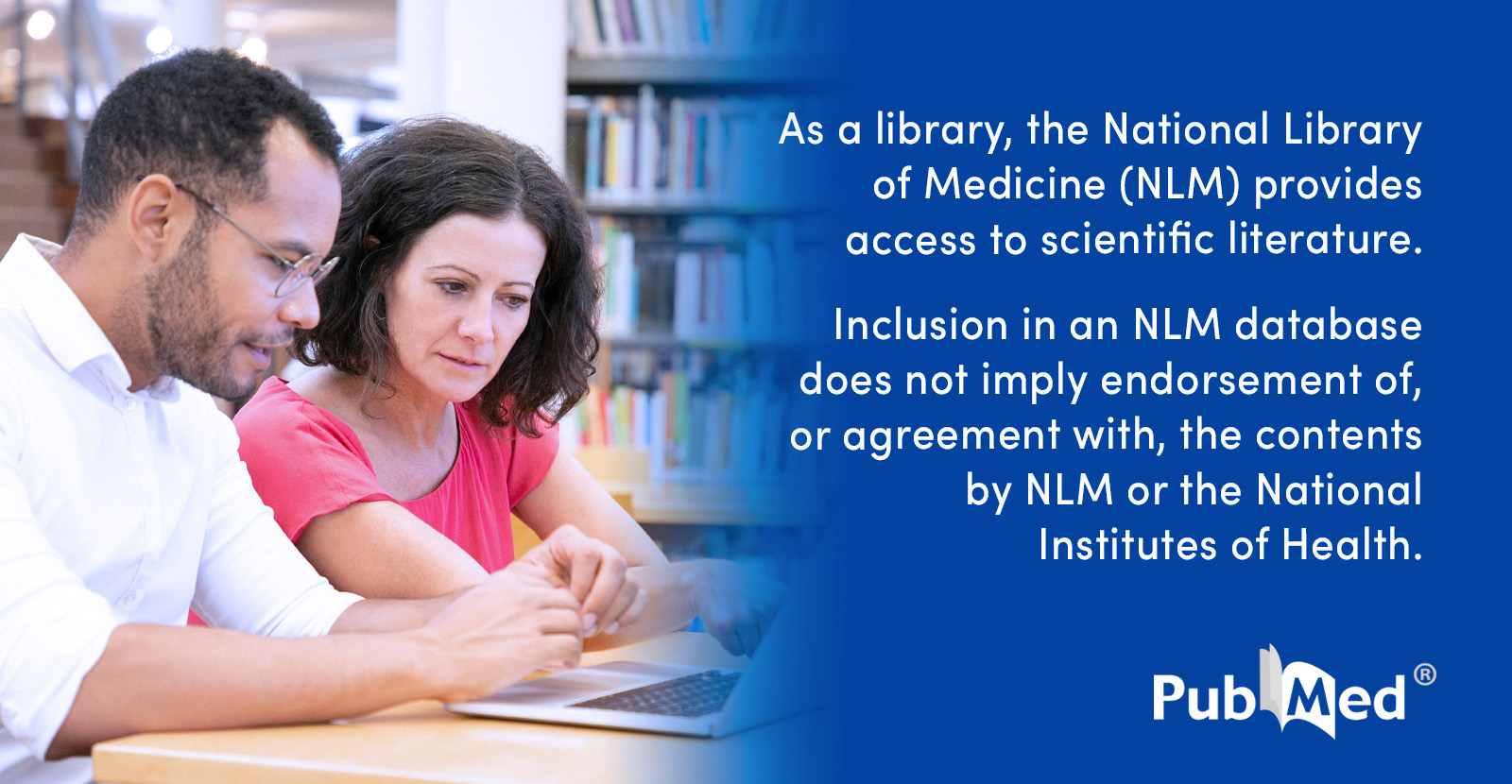
"The results showed significant symptom reduction across all groups, with the most pronounced effects observed in those who received concurrent psychotherapy. While infusion number did not significantly alter outcomes, the integration of ketamine with psychotherapy appeared to enhance treatment response.” (2025)
In a psychotherapy model, the therapist and client develop a plan for the client’s ongoing mental health and quality of life, curating the therapeutic process to create a container and therapeutic alliance in which to explore what comes up for the client in the process.
Psychedelic therapy historically involves a mental health provider before, during, and after each medicine administration, especially initially. Integration psychotherapy sessions are generally within a few days of a medicine session. Clients may go on to make sense of their journey in ongoing counseling as needed, in addition to body work, yoga, or other pursuits that may be beneficial to individual mental health.
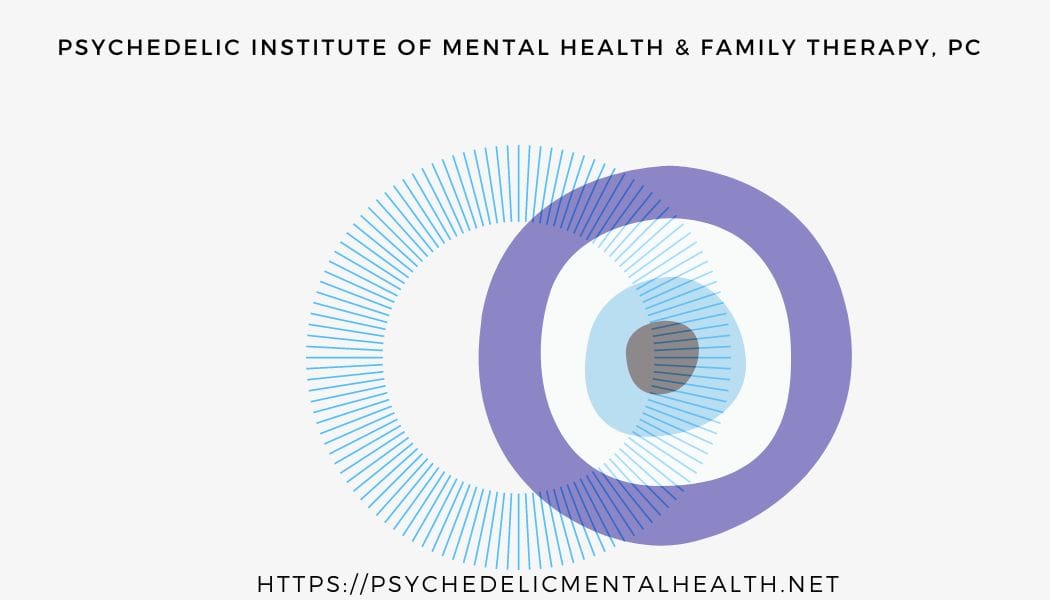
(2025): "Ketamine-assisted psychotherapy (KAP) is part of an emerging model of psychedelic medicine that employs psychoactive agents to support the psychotherapeutic process. "

"A first-of-its-kind clinical trial shows that ketamine treatment for severe, treatment-resistant depression is significantly more effective when paired with psychotherapy and supportive environments. Patients who underwent this combined treatment reported a 30% drop in depression symptoms, with reduced anxiety and suicidal thoughts lasting at least eight weeks." (2025)

"Perhaps, rather than trying to rid psychedelic therapy trials of all human interaction in order to better isolate the effect of drug administration, thereby maximizing pharmaceutical and insurance control over who can access this treatment, we should instead acknowledge the limitations of this particular form of knowledge formation and use other means to discern best practices. Intuition, clinical judgement, and an appreciation for the thousands of years of history surrounding the use of psychedelic drugs could be a good start."

Systematized Review of Psychotherapeutic Components of Psilocybin-Assisted Psychotherapy (Horton, et al, 2021)
The bedrock of PAP rests on providing nonjudgmental listening, empathic support, and a strong therapeutic relationship (1, 2, 24). Although the PAP studies in this review have largely been conducted and published within the domain of psychiatry (4, 10, 14), and may thus seem distant from the world of therapists, the fundamental components of PAP are integral to nearly every model of psychotherapy. Moreover, the therapists in the reviewed clinical trials were often not psychiatrists, but master’s level counselors (N=7), social workers (N=8), and clinical psychologists (N=19). This finding suggests that, if PAP becomes a clinical practice, the individuals who will work directly with clients before, during, and after psilocybin administration will likely be practicing therapists. Clinicians may be able to incorporate their preexisting knowledge and skills along with specific training in PAP to help facilitate immediate and enduring positive changes in the lives of their clients.
...
The present systematized review outlined the role of therapists in PAP and consolidated the structure of sessions and range of psychotherapeutic modalities and techniques implemented in this therapy. The importance of isolating psilocybin’s effects to better understand its mechanistic functions is unquestionable. Additionally, the content of each stage of PAP is essential to the efficacy of psilocybin treatment, and the influence of psychotherapy on outcomes is likely higher than current research suggests (2). Counselors and therapists are poised to contribute immensely to the field of PAP, as they will likely provide the in-session therapeutic services if or when psilocybin becomes an FDA-approved treatment.
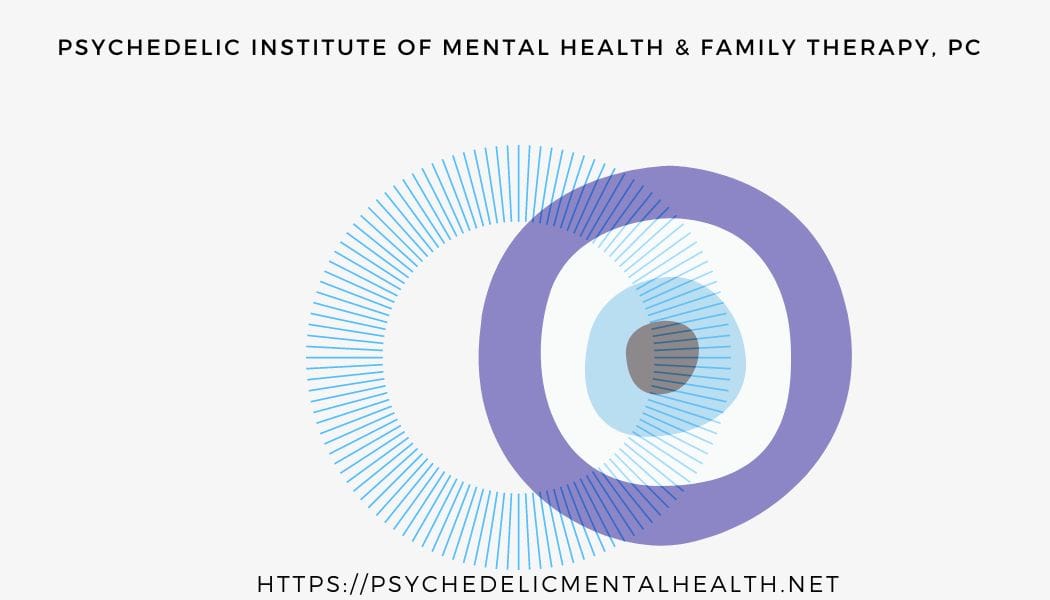
August 2025: In the randomized, double-blind, placebo-controlled phase 2 study, investigators enrolled 73 adult participants diagnosed with moderate to severe GAD. Participants were randomly assigned to complete 2 dosing sessions with either a 25 mg dose of synthetic psilocybin or placebo, which was administered in a controlled clinical setting as part of a proprietary psychotherapeutic protocol. All participants received equal hours of psychological support and preparation, ensuring that any treatment effect could be attributed to psilocybin itself and not therapeutic bias.

"Administering ketamine in ways that parallel psychedelic-assisted treatments—including preparatory, integration, sensory immersion, and psychotherapy sessions—could decrease PTSD symptoms meaningfully."
Increasing Access through Telehealth
"At-Home Ketamine" is being prescribed by medical providers who view the medicine as the catalyst for your healing. Sometimes these providers work for companies charging a high price for generic medication that is widely available in licensed compounding pharmacies around the world. Some of these providers view mental illness as a chronic disease where something is wrong in your body for which they believe ongoing medication is required. Other providers are prescribing doses of ketamine that may have an experiential component without the licensed mental health support trained in dealing with the experience of working with psychedelic medicines. The experience, indeed considered an adverse effect in many studies, is considered by psychedelic practitioners to be a feature of the process. Psychedelic practitioner psychotherapists working in person or remotely use modern tools to support clients beyond the confines of a medical office, tending to privacy and safety needs as appropriate. Ketamine by mouth has been prescribed to self-administer for decades, and has been studied in repeat use in humans for as long as 18 years. Some humans are susceptible to bladder issues, heart issues, psychiatric issues, or find ketamine to be something easily misused.
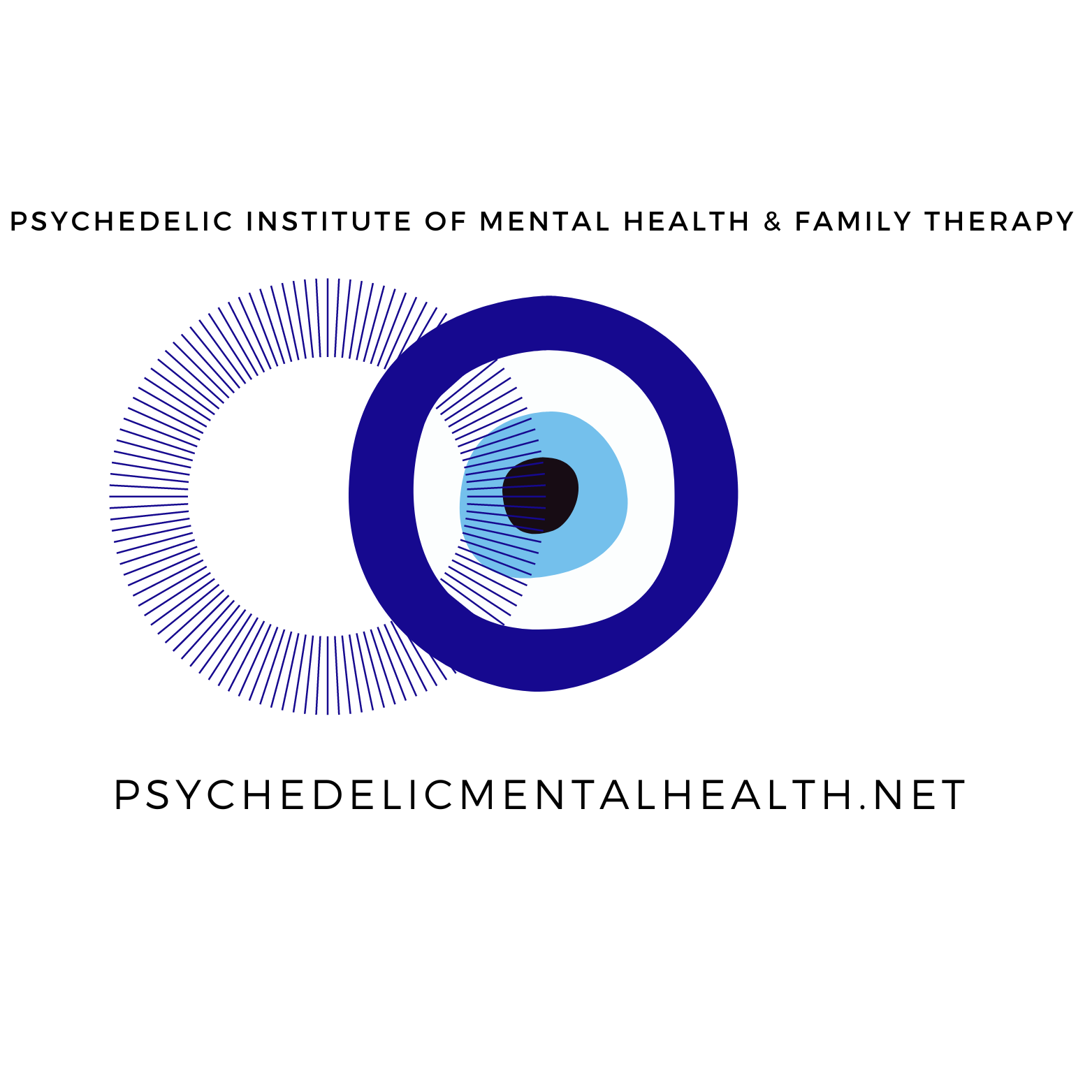
Consider Hull, et al, in 2022 in their study "At-home, sublingual ketamine telehealth is a safe and effective treatment for moderate to severe anxiety and depression: Findings from a large, prospective, open-label effectiveness trial", concluding:
At-home KAT response and remission rates indicated rapid and significant antidepressant and anxiolytic effects. Rates were consistent with laboratory- and clinic-administered ketamine treatment. Patient screening and remote monitoring maintained low levels of adverse events.
This research was expanded in a longitudinal study by Mathai, et al, 2024 "At-home, telehealth-supported ketamine treatment for depression: Findings from longitudinal, machine learning and symptom network analysis of real-world data”.
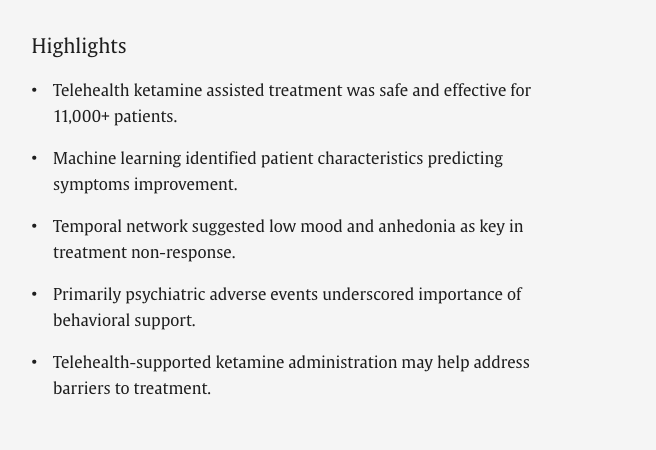

A sample of 11,441 patients was analyzed, demonstrating a modal antidepressant response from both non-severe (n = 6384, 55.8 %) and severe (n = 2070, 18.1 %) baseline depression levels. Adverse events were detected in 3.0-4.8 % of participants and predominantly neurologic or psychiatric in nature. A second course of treatment helped extend improvements in patients who responded favorably to initial treatment. Improvement was most strongly predicted by lower depression scores and age at baseline. Symptoms of Depressed mood and Anhedonia sustained depression despite ongoing treatment.
...
At-home, telehealth-supported ketamine administration was largely safe, well-tolerated, and associated with improvement in patients with depression. Strategies for combining psychedelic-oriented therapies with rigorous telehealth models, as explored here, may uniquely address barriers to mental health treatment.

July 2024: “As some patients will inevitably resist discharge to a telehealth service and/or a new provider, academic ambulatory programs will need to develop structural methods for clearly communicating this model to patients from the outset of treatment,” the authors say. “Furthermore, long waitlists—frustrating to patients and referring clinicians alike—could be shortened by identifying patients who are unlikely to require academic resources and triaging these individuals directly to telehealth companies.”
When working with ketamine by mouth (oral or sublingual), the effects are much less sudden than IV-administered ketamine, and studies continue to show that there can be an experience (described in the literature as dissociation, emergence phenomenon, psychotomimetic, psychedelic). Although considered sometimes as an Adverse Effect, research suggests most people find any unwanted experience or effects were minimal and short-lived, and find the resulting benefits to be noticeable and substantial. The acute effect, depending on the dose and route of administration ranges from 1-3 hours, and which may feel like a deep meditation. For many suffering with pain, stress, burnout, addiction, anxiety and depression, even suicidality, the positive effects may be noticeable within 1-2 hours, and may be sustained with further human support, specifically someone trained in cognititve behavioral therapy as part of a robust, experiential psychedelic practitioner training and mentorship program.
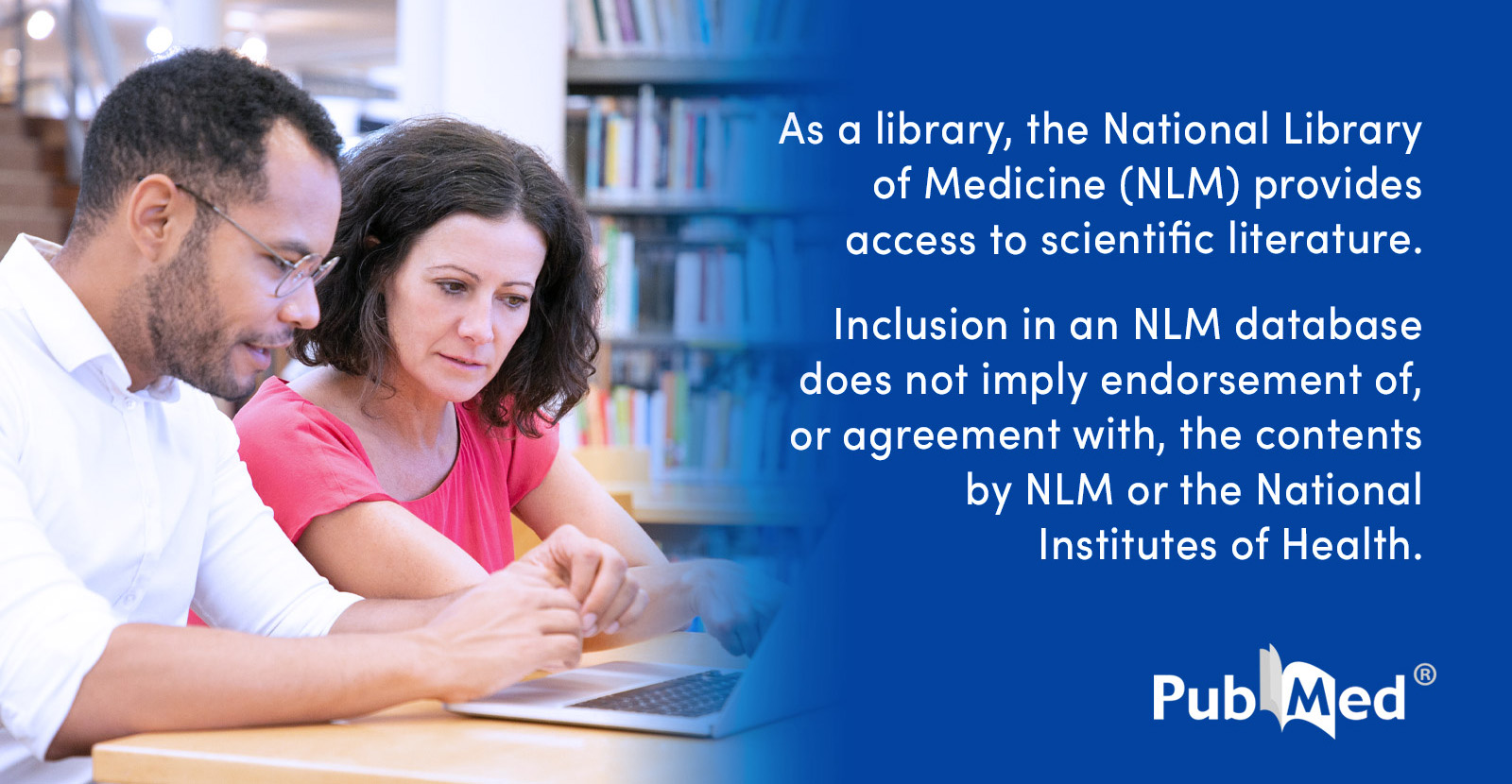
"the reported insights were highly similar across the two types of reports, and only minor differences were observed between classic and non-classic psychedelics (including ketamine). Regression analyses indicated that metacognitive and value insights were positively associated with perceived improvements in positive affect, while mystical-type insights predicted increased meaning in life. These findings suggest that both psychedelic substances and meditation can facilitate a broad range of insights that are not fully captured by existing questionnaires. The results highlight similarities between psychedelic and meditation experiences supporting the notion that transformative experiences are not exclusive to classic psychedelics but can be facilitated through various means." (2025)

The analysis and synthesis of findings from 15 unique studies (n = 2,182) indicated that both ego-dissolution and connectedness are associated with a higher chance of improvement following a psychedelic experience. However, there seem to be differences in the way the two experiences affect individuals psychologically. Ego-dissolution appears to trigger psychological change but does not typically exceed the psychedelic experience in its duration, while connectedness can be more sustained and is associated with several positive, potentially therapeutic feelings. (2022)
Having a sober adult around to take care of you if anything comes up, or who can call for help if you needed medical attention is a way to decrease the risk of misusing the medicine in a way that may lead to harm.
Here is Tsang, et al, in 2023 "Safety and tolerability of intramuscular and sublingual ketamine for psychiatric treatment in the Roots To Thrive ketamine-assisted therapy program: a retrospective chart review”:
These findings suggest good safety and tolerability for RTT-KaT among individuals seeking treatment for mental health issues. The majority of participants did not experience adverse reactions and the adverse events that were recorded involved transient symptoms that were resolved with rest and/or medications. The group therapy model described provides a comprehensive approach and presents a promising model for operating a KaT program in a community setting.

In person, or via telehealth, the mental health provider monitors the client while under the acute effects of the medicine. In the case of telehealth, the psychotherapist may ask a client to provide an adult Emergency Contact to serve as a sober sitter during the medicine session, checking in periodically on their safety. In the unlikely case of emergency, both the sober sitter and/or the therapist would contact 911 and the medical provider, as would happen in a psychotherapist's office, retreat setting, or psychiatry clinic. In tandem with the sober sitter, the therapist sees the dose the client is taking, how they administered it, and is monitoring what comes up for the client to integrate in subsequent psychotherapy sessions. Progress in psychotherapy may be reported to the medical provider before clients receive further refills on the medicine. The psychotherapist may ask the client to take a beginning and ending blood pressure as a cognitive behavioral intervention in relaxation to tend to helping the client prepare their inner experience. Music and eyeshades are also tools used in research and practice, to minimize outside distraction. A cognitive behavioral therapist views these as behavioral interventions to promote relaxation and openness to having an experience with the medicine that feels healing, as opposed to it feeling like a “Serious Adverse Event” (SAE). Cognitive-behavioral therapy is a secular mind-body approach that allows for helping clients to contain the experience of being human, including the experiences of working with psychedelic medicines like ketamine in the sub-surgical / sub-anesthetic dose range.
Finding Our Lanes: A Roadmap for Collaboration Between Academic Medical Centers and Behavioral Telehealth Companies (Eden, et al, 2024):
"A roadmap for strategic integration is presented for how academic centers-institutions frequently overwhelmed by patient volume-might leverage partnerships with a private sector eager to utilize novel technology to improve access, demonstrate data-driven outcomes, and advocate for improved reimbursement from payers. We also assess the potential risks and pitfalls of such collaboration. In return, academic institutions can refocus on their strengths, including research, systems knowledge, quality-improvement initiatives, education and training, and specialty clinical care."
In "Music as an Intervention to Improve the Hemodynamic Response of Ketamine in Depression— A Randomized Clinical Trial”, researchers Greenway, et al, (2024) write:
Beyond psychiatric contexts, the stimulatory hemodynamic effects of ketamine have received extensive study, both as desirable (eg, in surgical contexts) and as potentially harmful (eg, in procedural sedation),5 but never in relation to music, to our knowledge. The magnitude of the hemodynamic effects observed in this study suggests that ketamine research should consider potential influences of contextual factors, including auditory stimuli. Ketamine’s unique psychoactive effects may amplify the effects of music and other environmental influences, as has been long observed in the anesthesiology literature.
Ketamine-assisted psychotherapy, facilitated remotely, with ongoing support and a sober sitter available during the acute effects of the medicine, taken by mouth (or suppository) is a possibility for some clients. For others, a higher level of medical intervention during the acute medicine stage may be advised by your medical provider, with patients following up with a psychotherapist in-person or via telehealth in the days before and following the medicine administration. For clients with additional comorbidities, in-patient options may be more appropriate.
There are many tools a psychotherapist may use to help clients learn to speak the language of cognitive behavioral therapy, especially tools which may help facilitate a therapeutic alliance, including, but not limited to telehealth. While some medicines may be deemed by your medical provider as safe for use outside of a clinic setting, psychotherapists may offer services throughout the state in which they're located via telehealth, in addition to whatever local, in-home, or in-office, or in-patient support they may provide, as indicated in the scopes of their mental health practitioner license.
In the article "Using Telehealth to Implement Cognitive-Behavioral Therapy” (Dent, et al, 2018), researchers write:
Therapists are required to be experienced in cognitive-behavioral therapy, adept at telehealth care delivery, and knowledgeable about the care of high-risk populations with general medical conditions and behavioral health issues or who are navigating life transitions.
...
"Behavioral health conditions are prevalent among patients with medical comorbidities and often go unrecognized or untreated because of barriers, including inadequate identification of patients in need and insufficient access to high-quality behavioral health care. We have described a nationally scaled telehealth model designed to overcome barriers to identification and enrollment into therapy. Participants were highly satisfied and experienced clinically meaningful improvements in behavioral health outcomes, further underscoring the potential impact that a telehealth solution could have in optimizing treatment outcomes."
In 2024, JAMA reported in "Telehealth Brief Cognitive Behavioral Therapy for Suicide PreventionA Randomized Clinical Trial (Baker, et al):
Results of this randomized clinical trial of 96 US adults with recent suicidal ideation and/or suicidal behavior show that patients who received BCBT had significantly fewer suicide attempts during the 1-year follow-up vs patients who received present-centered therapy. Reductions in suicidal ideation occurred in both treatments with no significant differences between groups.
These findings suggest that BCBT delivered via video telehealth is effective for reducing the risk of suicide attempts among adults with recent suicidal ideation and/or suicidal behavior.

These are some of the nuances that are often missed in the larger discussions among policy makers and psychedelic stockbrokers as they decide for the rest of us how to roll out a powerful medicine without getting hooked on it, yet consuming of it to fuel capitalism. There is not much money to be made, comparatively, in small private practices offering quality integrated care, charging for their time and overhead to work with the least amount of generically available medicine the most effectively.
Ketamine-assisted psychotherapy, whether in a therapist's office or at home, has been shown to help people suffering with a number of indications considered "off-label". FDA-approved as an anesthetic in 1970, racemic ketamine has been administered, at least once, to billions of people (Billions!) around the world, across age and disease spectrum, in clinics, homes, and on battlefields. Over 5000 studies on ketamine and depression add to the decades of study on cognitive behavioral therapy (over 61,000 results on pubmed) and over 100 years of study of psychedelic medicine experiences as being adjunctive to psychotherapy. It takes several million dollars to take a medicine through the FDA-approval process, limiting the FDA approval of off label medicines such as ketamine, psilocybin, LSD, MDMA, DMT, and other generically available, off-patent molecules that have been studied in conjunction with psychotherapy for over a century.
In 2024’s "Ketamine-assisted psychotherapy, psychedelic methodologies, and the impregnable value of the subjective—a new and evolving approach" Wolfson & Vaid, write:
The ketamine session provides therapeutic impact along many different axes. An experience of safety and defensive softening permits deeper contact with feeling states and aspects of the self that previously needed to be disconnected from for emotional survival. Reconnecting with these disavowed states and self-aspects in a field of safety and relational care allows for trauma metabolism and release that heals early wounds and integration through reconnection contributing to integrity and resilience. New insights and knowledge are frequently accessed both during and after sessions. Navigation of the ketamine experience cultivates the platform of an awareness state—a new or revived witnessing of one’s self—such as new views and attitudes, reframing, connection, affection and love, improvement in reality testing and sensitivity to the body and its sensations and states. The ‘letting go’ increases our capacity to notice and observe the symphony of qualia, the great show of being alive and sensate, interdependent, and connected, fostering mindfulness and loving kindness toward self, others and rooted in nature.
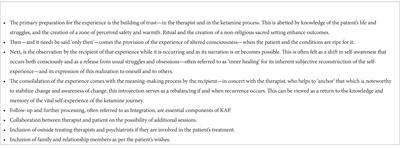
Fear-based media reports a "proliferation" of ketamine clinics, which is a distorted way of describing increased access to healthcare. Quality treatment incorporates modern approaches to human connection, that may include working with a medicine in addition to human-to-human psychotherapy. The minimum standards of mental health and medical practice are locally regulated, and local practitioners meeting these standards are able to specialize in ketamine-assisted psychotherapy and/or other psychedelic-assisted psychotherapy treatment approaches as additional medicines become available.
Regardless of the level of standards and quality of service, even evidence-based care and support includes a risk of failing to meet the needs of 100% of patients. As with any mental health approach, we understand a human may go on to feel miserable after a treatment, even to the point of harming themselves or others. A mental health professional cannot "save" anyone. Psychotherapists offer a set of mind-body concepts as a small way to reduce suffering. This helps a great deal of people. Others will go on to hurt themselves or someone else. Still others are or have been harmed by psychotherapists or other helper professionals, spiritual guides, or medical prescribers, or have had negative reactions to a medicine, all of which are known risks being studied in ongoing research.


"Ketamine's comprehensive clinical profile, combined with its robust effects on depression, suicidal ideation, PTSD, chronic pain, and other psychiatric conditions, positions it as a substantial contender for transformative therapeutic application" (2024)

Some Historical Context to “Assisted-Psychotherapy"
In The Encounter That Introduced Peyote to Western Science, researchers describe John Mooney’s 1893 experience on peyote written up in the 1896 Therapeutic Gazette and cited in this bibliography from 1928, which cites research throughout the early 1900’s. Merck first synthesized MDMA in 1912, and Parke, Davis synthesized ketamine in 1962, comparatively.
Mooney took the peyote back to Washington DC, where he gave around half of the buttons to the chemistry division of the Department of Agriculture, and another batch to the medical department of Columbian (now George Washington) University. By this time, a few Western doctors and cactus traders had heard tales of peyote’s wonderful properties and purchased samples from the peyoteros who supplied it around the Texas-Mexico border, and the Detroit pharmacists Parke, Davis were developing a mild tincture as a cardiac stimulant. But its visionary and spiritual powers were still unexplored by Western science. Columbian’s professor of materia medica, Daniel Webster Prentiss, used the buttons Mooney supplied to conduct the first scientific trials.
In 1897, after reading Mitchell’s article, the German chemist Arthur Heffter made a series of self-experiments with peyote extracts and isolated the compound that was responsible for the visual hallucinations: an alkaloid that he named “meskalin.”
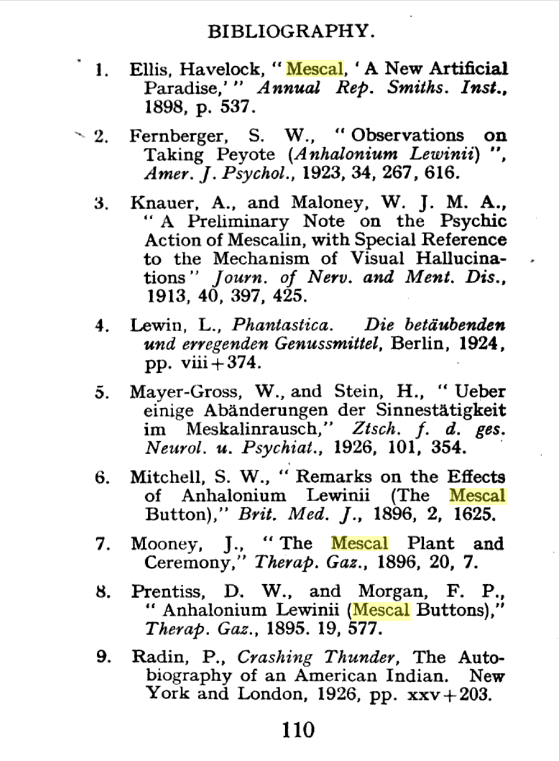
Modern psychotherapy developed in the late 1800’s evolving into cognitive behavioral therapy, which has been studied since the 1950’s. Whether delivered at home, via telehealth, or in person, CBT continues to be show a strong signal of efficacy for a number of indications, and must be considered alongside psychedelic medicine in research and practice. Additionally, the results of CBT are measurable by observable differences in the brain as evidenced on fMRI.
In the Dunlop, et al, 2017 paper "Functional Connectivity of the Subcallosal Cingulate Cortex And Differential Outcomes to Treatment With Cognitive-Behavioral Therapy or Antidepressant Medication for Major Depressive Disorder”, researchers write:
“Remission from major depression via treatment with CBT or medication is associated with changes in rsFC (resting state functional connectivity) that are mostly specific to the treatment modality, providing biological support for the clinical practice of switching between or combining these treatment approaches. Medication is associated with broadly inhibitory effects. In CBT remitters, the increase in rsFC strength between networks involved in cognitive control and attention provides biological support for the theorized mechanism of CBT. Reducing affective network connectivity with motor systems is a shared process important for remission with both CBT and medication.”
In the meta-analysis spanning over 20 years of psychotherapy research "A systematic review and meta-analysis of transdiagnostic cognitive behavioural therapies for emotional disorders" (Schauffele, et al, 2024) researchers state:
Transdiagnostic cognitive behavioural psychotherapy (TD-CBT) may facilitate the treatment of emotional disorders. Here we investigate short- and long-term efficacy of TD-CBT for emotional disorders in individual, group and internet-based settings in randomized controlled trials (PROSPERO CRD42019141512). Two independent reviewers screened results from PubMed, MEDLINE, PsycINFO, Google Scholar, medRxiv and OSF Preprints published between January 2000 and June 2023, selected studies for inclusion, extracted data and evaluated risk of bias (Cochrane risk-of-bias tool 2.0). Absolute efficacy from pre- to posttreatment and relative efficacy between TD-CBT and control treatments were investigated with random-effects models. Of 56 identified studies, 53 (6,705 participants) were included in the meta-analysis. TD-CBT had larger effects on depression (g = 0.74, 95% CI = 0.57–0.92, P < 0.001) and anxiety (g = 0.77, 95% CI = 0.56–0.97, P < 0.001) than did controls. Across treatment formats, TD-CBT was superior to waitlist and treatment-as-usual. TD-CBT showed comparable effects to disorder-specific CBT and was superior to other active treatments for depression but not for anxiety. Different treatment formats showed comparable effects. TD-CBT was superior to controls at 3, 6 and 12 months but not at 24 months follow-up. Studies were heterogeneous in design and methodological quality. This review and meta-analysis strengthens the evidence for TD-CBT as an efficacious treatment for emotional disorders in different settings.
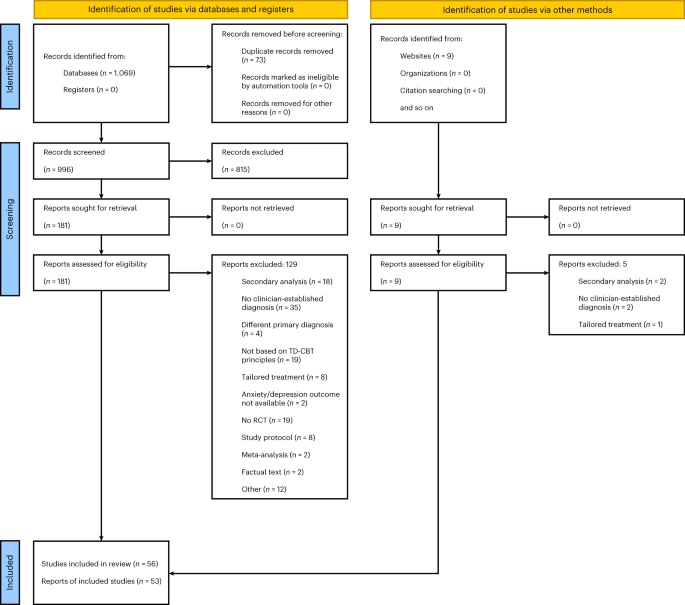
In comparing 53 different studies on psychotherapy, these researchers conclude that what they found “strengthens the evidence of transdiagnostic cognitive behavioral therapy psychotherapy is efficacious for treatment of emotional disorders in different settings”, including by “internet-based settings”, ie, telehealth. Trans-diagnositic cognitive behavioral therapy approach, and generalizable, standardized and evidence-based practice was better than nothing at all (being on a “waitlist”), and at least as effective to active treatments for anxiety (medicine) and superior, that is, more effective than “other active treatments for depression”. This generalizable model, even by internet-based means of delivery, was comparable to styles of cognitive behavioral therapy that focus on a particular type of unhealthy negative emotion, feeling or behavior pattern.
Rational emotive behavior therapy (REBT), introduced by Albert Ellis in the late 1950s, is one of the main pillars of cognitive-behavioral therapy...REBT is a sound psychological intervention.
50 years of rational-emotive and cognitive-behavioral therapy: A systematic review and meta-analysis (David, et al, 2017)

...this study suggests that both CBT and tDCS, either individually or in combination, have a positive therapeutic impact on enhancing executive functions, theory of mind, and depressive symptoms in women with MDD.

(David, et al, 2018)
...we argue that CBT is the gold-standard psychological treatment—as the best standard we have in the field currently available—for the following reasons [see also Hofmann et al. (2)]: (1) CBT is the most researched form of psychotherapy. (2) No other form of psychotherapy has been shown to be systematically superior to CBT; if there are systematic differences between psychotherapies, they typically favor CBT. (3) Moreover, the CBT theoretical models/mechanisms of change have been the most researched and are in line with the current mainstream paradigms of human mind and behavior (e.g., information processing). At the same time, there is clearly room for further improvement, both in terms of CBT’s efficacy/effectiveness and its underlying theories/mechanisms of change. We further argue for an integrated scientific psychotherapy, with CBT serving as the foundational platform for integration.
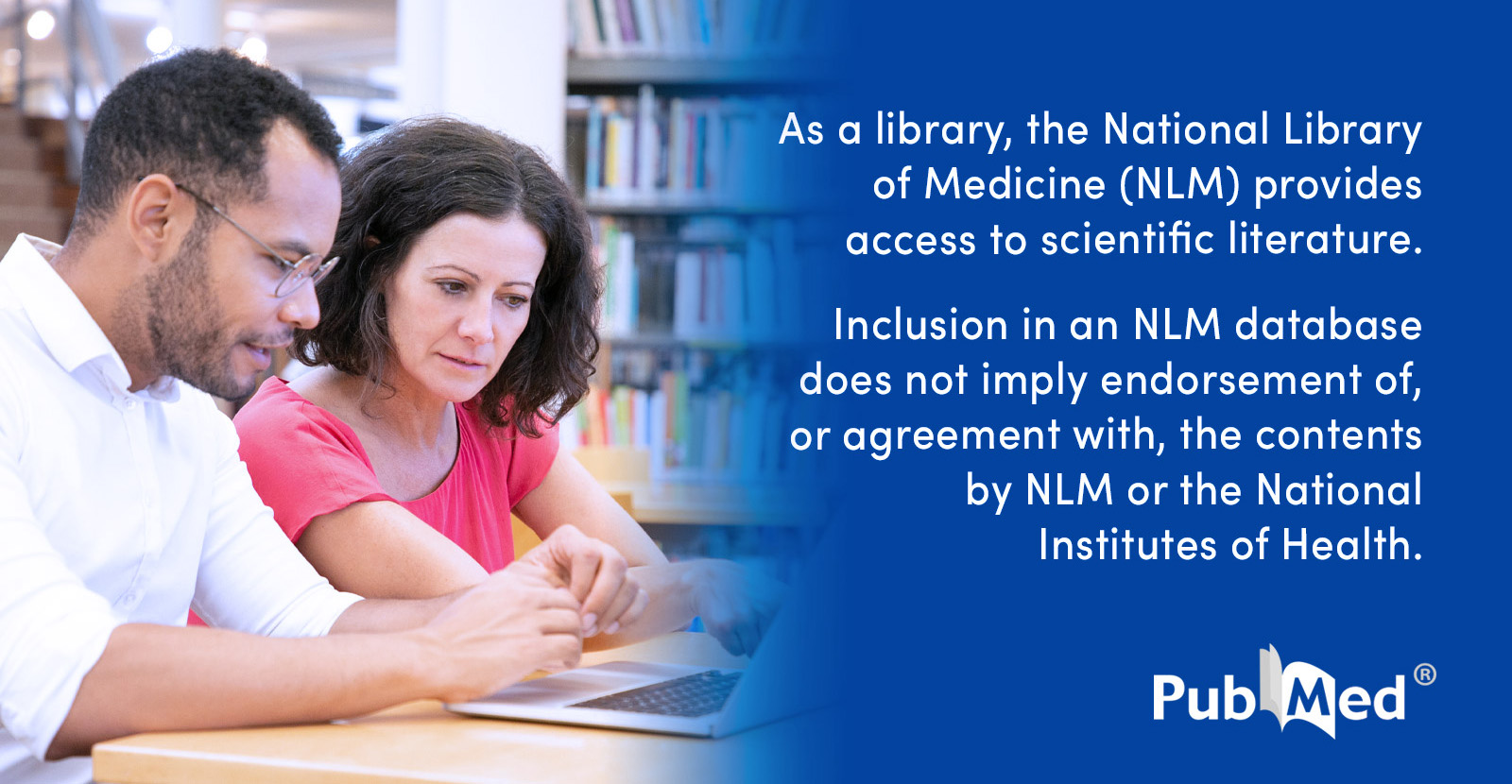
2015
Psychotherapy, as engaged by a licensed mental health provider, is not under the direction of the FDA
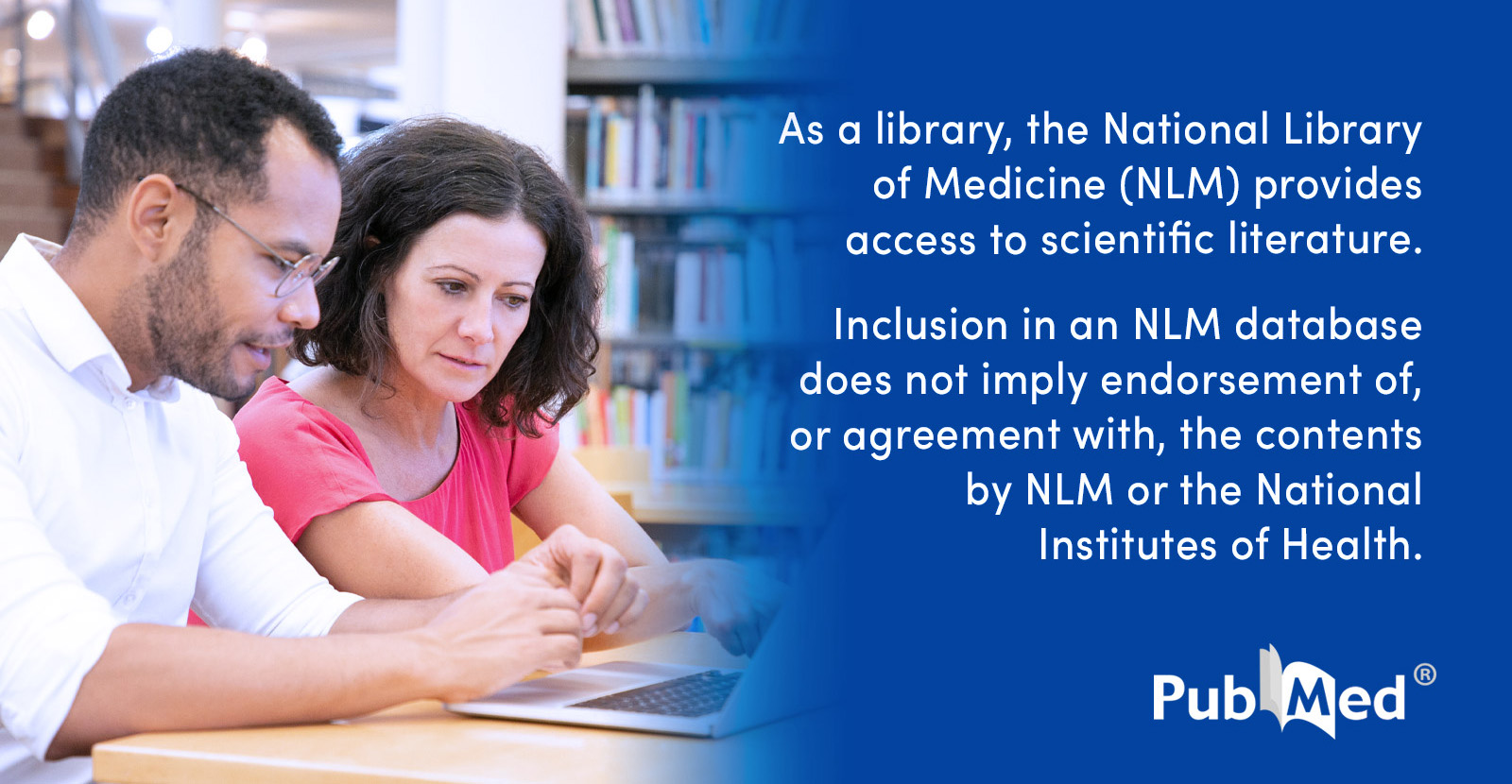
2021
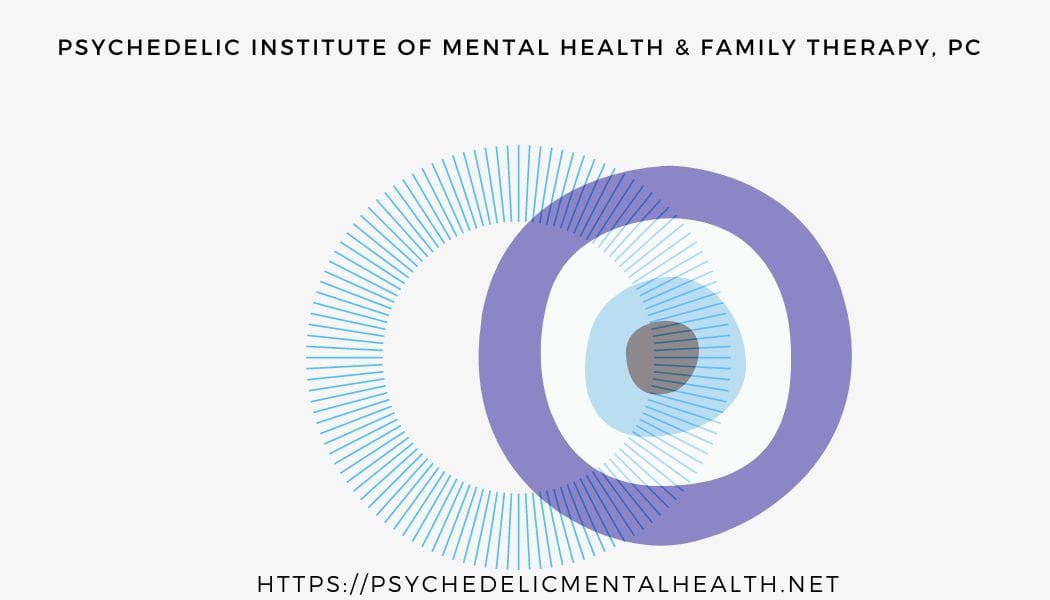
2025
States and locales around the world currently have accepted licensure and authorizations for psychotherapy to be provided by a number of clinicians including counselors, marriage and family therapists, social workers, and psychologists– none of which are medical providers or are responsible for the medical aspects of prescription-based mental healthcare as offered by general medical clinicians and psychiatric specialists such as psychiatric nurse practitioners or psychiatrists.
Psychotherapy is the least-invasive approach in the treatment of mental illness, theoretically, and medicines have historically been prescribed in conjunction with talk therapy.
Adding a medicine has traditionally meant an escalated level of care overseen by a physician. Psychotherapists support what it is the medicine is meant to be doing as it works in the body. Sometimes as it works there are side effects. In the case of psychedelic medicines like ketamine, these are manageable and transient for most people, who also describe the experience of the medicine with words like loving, mystical, God, to Near Death Experience, and sometimes these experiences are described as terrifying, or shocking. These experiences are frequent and predictable in psychedelic medicines including ketamine, LSD, MDMA, ayahausca, DMT, psilocybin and others.
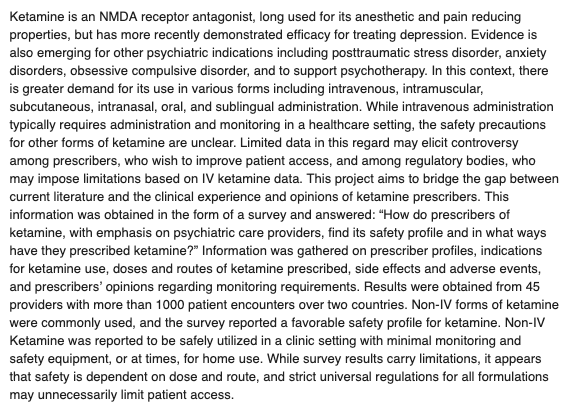
"An open label trial not included in the above meta-analysis reported that efficacy of SL ketamine started at a dose of 300 mg and increased as tolerated to 450 mg as part of a telehealth KAP program. These patients used their ketamine at home, and no significant adverse events were noted in the large sample of over 1200 patients [26]."
Comparatively, here is the Black Box labeling to consider with sertraline (Zoloft) - a drug promoted to be prescribed for a number of mental health indications, on and off-label, including PTSD:
WARNING: SUICIDAL THOUGHTS AND BEHAVIORS
See full prescribing information for complete boxed warning.
•Antidepressants increased the risk of suicidal thoughts and behaviors in pediatric and young adult patients
•Closely monitor for clinical worsening and emergence of suicidal thoughts and behaviors

This is in addition to loss of sex drive, nausea, diarrhea, and the inability to come off of the drug without risking a physical and psychological withdrawal. Researchers in 2018 report "Antidepressants should be added to the list of drugs associated with tolerance, dependence and a withdrawal syndrome.”

Whether psychiatric drugs or psychedelic medicines are added to your mental health care plan, a licensed psychotherapist is meant to support you in going on to lead a life without reliance on a daily drug treatment, an approach dominated by the psychiatry movement and pharmaceutical corporations advertising directly to "consumers" since the mid 1980's. Media reports warn of unscrupulous ketamine clinics marketing directly to consumers next to banner ads for Johnson & Johnson's Spravato.
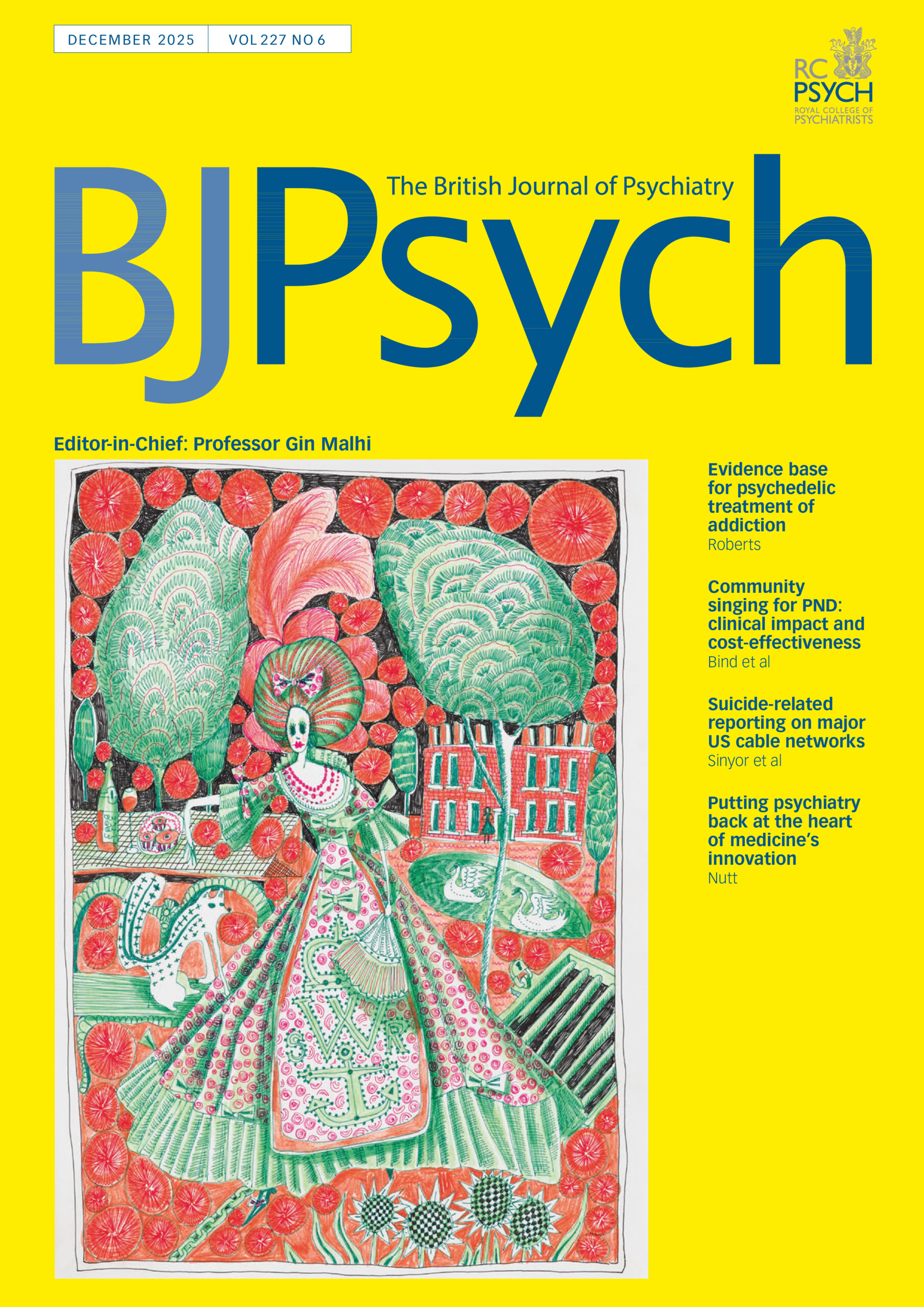

Psychotherapy supports clients through the risks and side effects of an antidepressant. Psychotherapy supports clients in the possibility of a personally meaningful reunion with a sense of Self through the psychedelic-assisted psychotherapy process. Some therapists specialize in certain approaches, methods, or medicines, and others provide general ongoing mental health therapy without the assistance of medicines. This highlights the necessity in psychedelic research to test proposed patented compounds against the generic versions, which are mostly readily available, and against other common, already-approved mental health treatments, of which CBT is one of the current gold standards.

On the therapeutic alliance

Ketamine's "therapeutic promise is increasingly understood to involve molecular and neurobiological processes that promote neural plasticity and cognitive flexibility. These changes may create a unique window for psychotherapeutic interventions to take deeper effect." (2025)
Preliminary evidence for the importance of therapeutic alliance in MDMA-assisted psychotherapy for posttraumatic stress disorder (Zeifman, et al, 2024):
The present results provide the first preliminary evidence for the relationship between the therapeutic alliance and treatment outcomes within MDMA-AP for PTSD. These findings highlight the important role of psychotherapy, and common psychotherapeutic factors, within MDMA-AP. Replication in studies with larger and more diverse clinical samples remain necessary.
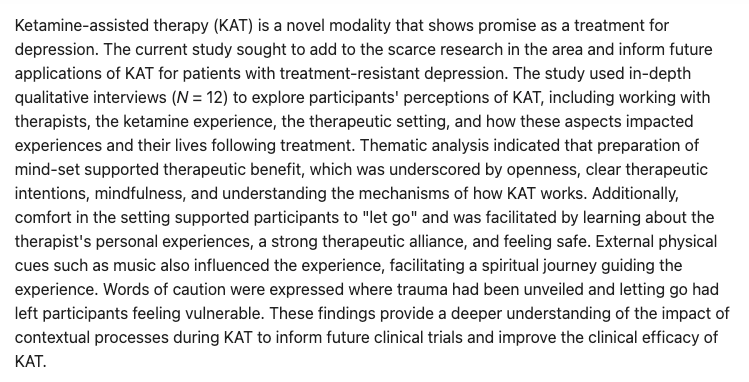
"comfort in the setting supported participants to let go and was facilitated by learning about the therapist's personal experiences, a strong therapeutic alliance, and feeling safe...music also influenced the experience, facilitating a spiritual journey guiding the experience." (2025)

The Therapeutic Alliance: The Fundamental Element of Psychotherapy (Stubbe, 2018) There is consistent evidence that the quality of the therapeutic alliance is linked to the success of psychotherapeutic treatment across a broad spectrum of types of patients, treatment modalities used, presenting problems, contexts, and measurements
Although scholars may differ in how the alliance is conceptualized, most theoretical definitions of the alliance have three themes in common: the collaborative nature of the relationship, the affective bond between patient and therapist, and the patient’s and therapist’s ability to agree on treatment goals and tasks (2, 3). The therapeutic alliance is posited to be a measure of the therapist’s and client’s mutual engagement in the work of therapy—thus representing an important component for achieving treatment success, regardless of the specific treatment modality employed (3). The statistical relationship between alliance and outcome is modest—approximately 7% of the variance and an average effect size of .26. However, this link has proven to be robust across multiple meta-analyses (1–4).
In "Interpersonal factors in internet-based cognitive behavioral therapy for depression: Attachment style and alliance with the program and with the therapist” (Zalaznik, et al, 2024), researchers studied "guided internet-based cognitive behavioural therapy (ICBT) for depression”, finding:
A culturally-adapted version of ICBT for depression showed that alliance with therapist and alliance with programme both can play an important role in its effectiveness: alliance with programme and the therapist drive adherence and dropout and alliance with therapist is related to symptom improvement. Although the focus of treatment is not interpersonal, avoidant attachment style can improve following ICBT.

"The goals of the digital clinic are to improve both access to and quality of care through the ethical integration of digital technologies into clinical workflows, evidence-based care, and shared decision making in a sustainable and scalable manner. Distinct from telepsychiatry which offers synchronous telehealth, we define digital health and clinics as using asynchronous technologies such as apps and sensors to collect comprehensive data and inform care. Digital care and digital clinics can supplement telehealth (and in person care) by bringing new data into the virtual visit and offering increased support for patients between those visits." (2020)
Cognitive behavioral therapy in psychedelic medicine and ketamine research
Cognitive behavioral therapy in psychedelic medicine and ketamine research

The MAPS-sponsored study MDMA-facilitated cognitive-behavioural conjoint therapy for posttraumatic stress disorder: an uncontrolled trial (Monson, et al, 2020), researchers write:
Our initial data indicates that MDMA delivered in combination with CBCT for PTSD appears to be safe, does not appear to be treatment-interfering, and may potentiate the treatment effects for PTSD and the larger relationship context in which it exists.
This study obviously includes a review of some literature on cognitive behavioral therapy, its use in PTSD treatment as well as couples (relational) therapy. This was not, however, the study design used for MDMA-assisted psychotherapy for PTSD included in the MAPS/Lykos application presented to the FDA in 2024's New Drug Application, which was rejected, nor was CBT part of the Spravato application when the FDA approved esketamine in 2019, which was approved.
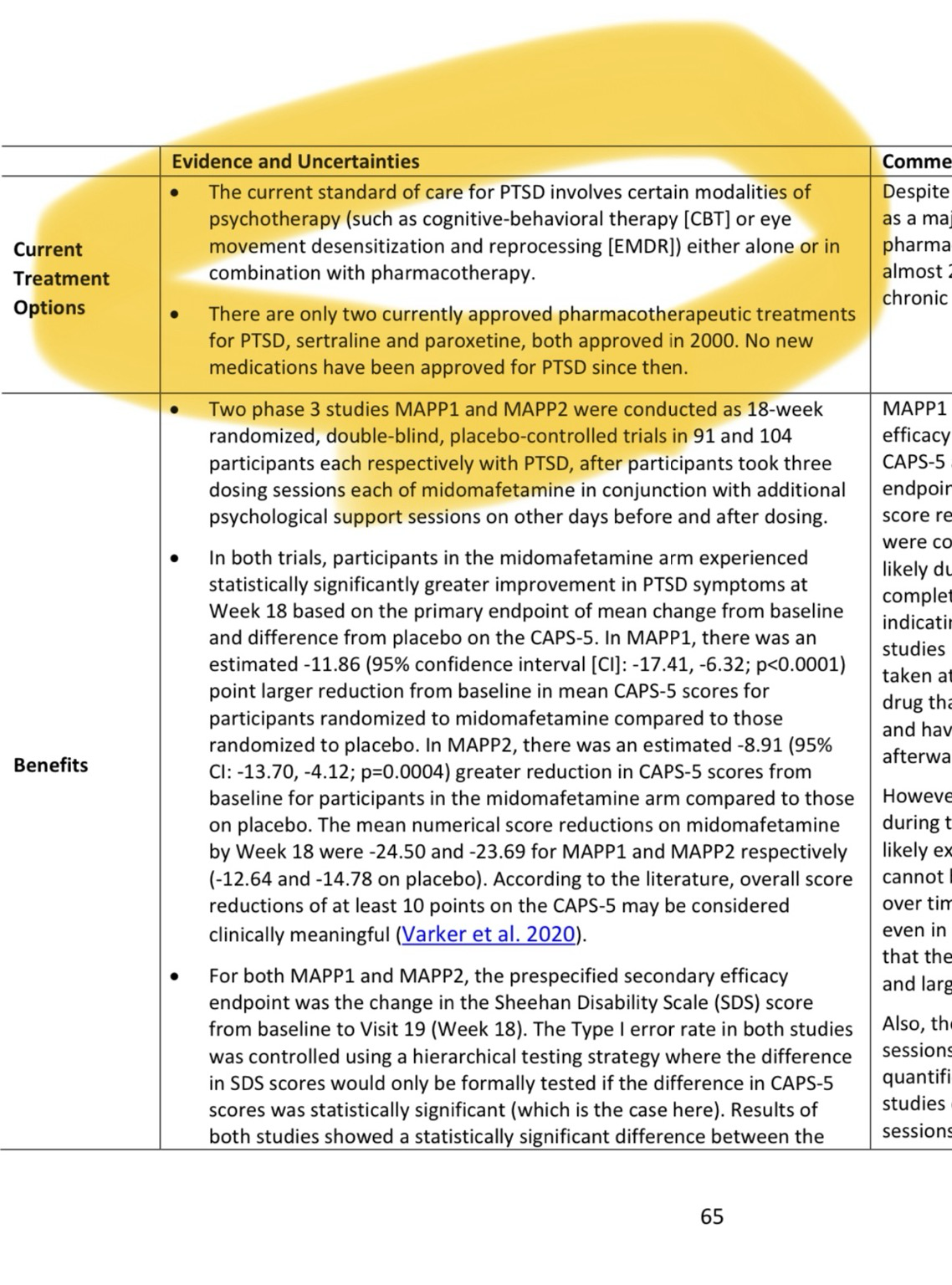
The VA currently has an FDA-approved Phase 3 study in progress called "MDMA-assisted Brief Cognitive Behavioral Conjoint Therapy for PTSD (MDMA-bCBCT)" with results expected at the end of 2024. This study is described as "An open label, single site study assessing the preliminary effectiveness, safety, and acceptability of an intervention consisting of MDMA-assisted bCBCT".
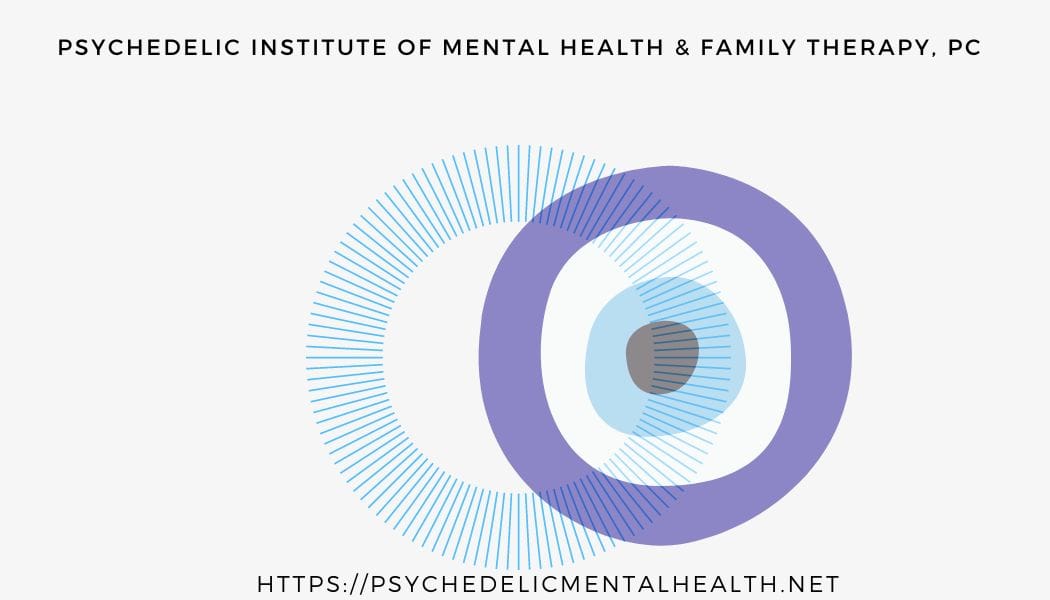
2025: "Clinical psychology has seen a resurgence of interest in the use of psychedelic-assisted therapy (PAT) for the treatment of a range of mental health diagnoses in the past several years. Although PAT research outcomes are promising, many questions remain unanswered, including identifying the most effective approaches to integrating psychedelics with existing cognitive behavioral therapies (CBTs) for different indications, populations, and settings. This special feature highlights cutting-edge research on the integration of psychedelics with several established CBTs, including Acceptance and Commitment Therapy, Prolonged Exposure, and Cognitive-Behavioral Conjoint Therapy. We focus primarily on 3,4-methylenedioxymethamphetamine (MDMA), an agent that has shown promise in having unique synergy with the psychotherapeutic mechanisms of change in many of our current CBT approaches. The authors aim to explore this potential synergy, including how psychedelics may enhance CBTs as well as the role of CBTs in facilitating the long-term integration of psychedelic-driven changes."

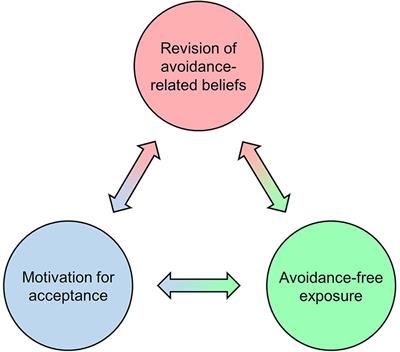
“When combined with specific context factors that are typically present in psychedelic therapy, belief relaxation can increase motivation for acceptance via operant conditioning, thus engendering episodes of relatively avoidance-free exposure to greatly intensified private events. Under these unique learning conditions, relaxed avoidance-related beliefs can be exposed to corrective experiences and become revised accordingly, potentially leading to long-term increases in acceptance and associated reductions in psychopathology. This model shows substantial parallels between psychedelic therapy and CBT that may be harnessed by using CBT as a therapeutic framework for psychedelic interventions.”

(2022): "The acute subjective effects of psychedelics are responsive to users’ expectations and surroundings (i.e., “set and setting”). Accordingly, a great deal of thought has gone into designing the psychosocial context of psychedelic administration in clinical settings. But what theoretical paradigms inform these considerations about set and setting? Here, we describe several historical, sociological influences on current psychedelic administration in mainstream European and American clinical research settings, including: indigenous practices, new age spirituality from the 1960s, psychodynamic/psychoanalytic approaches, and cognitive-behavioral approaches. We consider each of these paradigms and determine that cognitive-behavioral therapies, including newer branches such as acceptance and commitment therapy (ACT), have the strongest rationale for psychedelic-assisted psychotherapy going forward. Our primary reasons for advocating for cognitive-behavioral approaches include, (1) they avoid issues of cultural insensitivity, (2) they make minimal speculative assumptions about the nature of the mind and reality, (3) they have the largest base of empirical support for their safety and effectiveness outside of psychedelic therapy. We then propose several concepts from cognitive-behavioral therapies such as CBT, DBT, and ACT that can usefully inform the preparation, session, and integration phases of psychedelic psychotherapy. Overall, while there are many sources from which psychedelic psychotherapy could draw, we argue that current gold-standard, evidence-based psychotherapeutic paradigms provide the best starting point in terms of safety and efficacy."
In McCartney, et al, 2022, "Psychedelic assisted therapy for major depressive disorder: Recent work and clinical directions”, researchers compared psilocybin and ketamine.

ly equivalent response rate to both Murrough et al.’s (2013)and Phillips et al. (2019) studies. In the second phase of Wilkinson et al.’s (2017) trial, they ceased ketamine administration but continued to provide 12 sessions of CBT for a further eight weeks, to determine its efficacy in prolonging ketamine's antidepressant effect. The results were supportive, showing a markedly lower relapse rate (25%) for an even longer duration (eight weeks) than the prior two studies. Furthermore, their participants took over twice as long (three months) to relapse into depression, compared to the non-CBT studies (3–5 weeks). Wilkinson et al. (2017) noted that most participants relapsed after completing weekly CBT treatment, suggesting that ongoing psychotherapy was effective in sustaining ketamine's antidepressant effect... This review has examined the psychedelic treatment of MDD from a multifactorial perspective. A comparison of recent clinical trials shows that the psychological component of psychedelic treatment is vital for sustaining antidepressant outcomes. This aligns with the emerging biological understanding of these substances, specifically, their capacity to induce a period of neural plasticity that enhances the opportunity for emotional, cognitive, and behavioural repatterning. Given the bias towards a medical treatment model caused by the socio-political history of psychedelics, as well as flat out ignorance of their longstanding medicinal uses in cultures across the world, future research would benefit from more deliberately considering the importance of combined psychological and psychedelic therapy. Arguably, as these substances become increasingly legalised in a medical context, and thereby accessible to the public, psychedelic therapy will become less stigmatised. Until then, acknowledgment in clinical research and by practitioners of the dual importance of biological and psychological factors, could help to present a united front that actively works to align public perception of psychedelic treatment with its true therapeutic potential."
In 2023, researchers compared the esketamine part of the ketamine molecule with and without cognitive behavioral therapy in "Cognitive behavioral therapy following esketamine for major depression and suicidal ideation for relapse prevention: The CBT-ENDURE randomized clinical trial study protocol (Kitay, et al, 2023) writing:

This concept was further described in 2025 in a study on the esketamine enantiomer variant of ketamine, although the study did not include cognititve behavioral therapy.
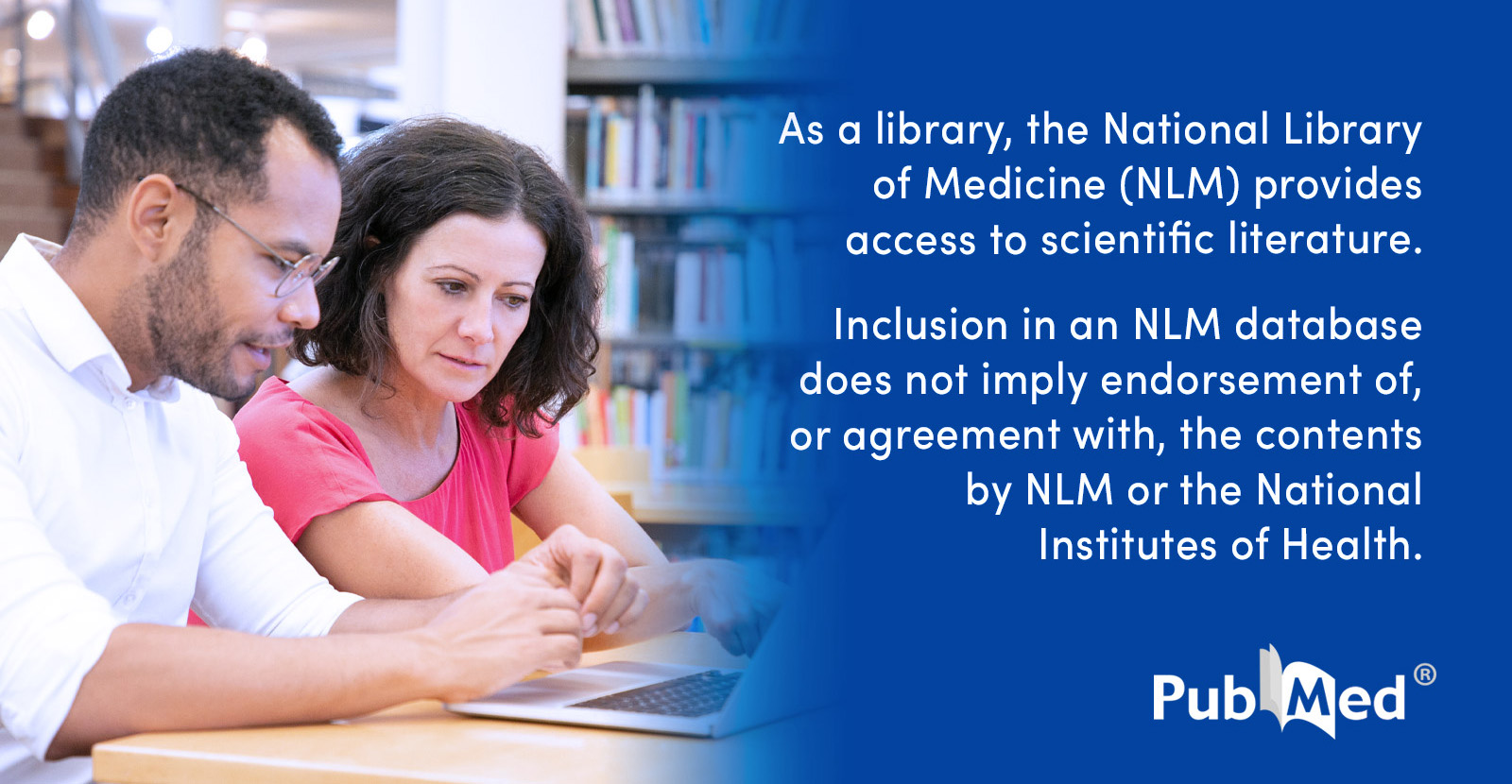
(2025) "Esketamine may be particularly beneficial in reducing cognitive rigidity, improving mentalization, and breaking the cognitive inflexibility that contributes to sustained negative depressive thinking patterns."
This research shows comparison to FDA-approved medicine, racemic ketamine, off label, as well as the less-effective esketamine used for its on-label indication of depression, which many forms of antidepressant drugs have not been able to treat effectively, resulting in the label treatment-resistant depression. These articles echo the evidence that cognitive behavioral therapy, with the addition of a medicine is related to positive outcomes over a longer term. In spite of this evidence, cognitive behavioral therapy is not part of the current Spravato (esketamine) plus new antidepressant as approved by the FDA in 2019.
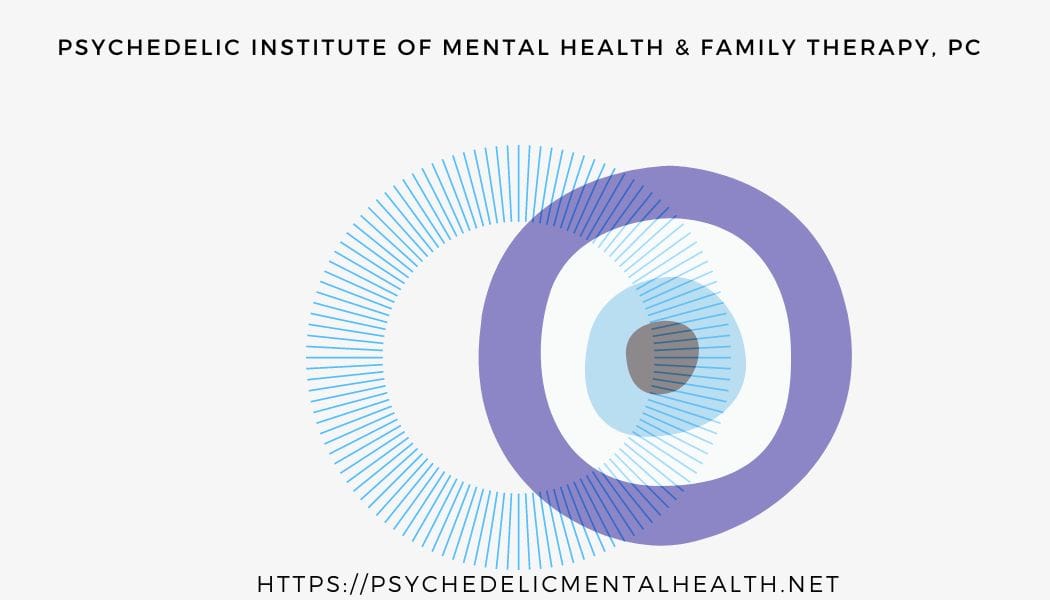
Observational study provides evidence regarding longer durability of generic IV ketamine compared to intranasal esketamine (Spravato). (2025)

2022: Ketamine and esketamine are effective, safe, and acceptable treatments for individuals living with depression.
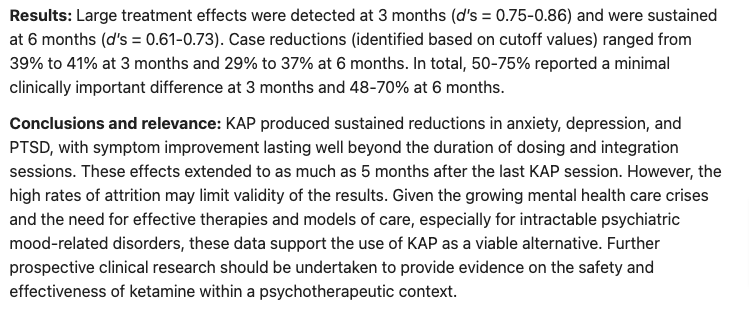
KAP produced sustained reductions in anxiety, depression, and PTSD, with symptom improvement lasting well beyond the duration of dosing and integration sessions. These effects extended to as much as 5 months after the last KAP session. (2024)
Psychedelic/ psychiatric/ neuroscience research study design should take note - there are brain scans that may indicate what type of treatment for depression and/or anxiety will work best and treatment includes cognitive behavioral therapy, which is also measurable in brain scans. Research directly compares 3 common antidepressants with cognitive behavioral therapy - based intervention, all reflected in brain circuit scores. The Default Mode Network (DMN) and Salience Network (SN) are well-studied in ketamine and psychedelic literature, as well as research into the subjective experience reported as these brain circuits are being treated.
“Personalized brain circuit scores identify clinically distinct biotypes in depression and anxiety (Tozzi, et al, 2024):
There is an urgent need to derive quantitative measures based on coherent neurobiological dysfunctions or ‘biotypes’ to enable stratification of patients with depression and anxiety. We used task-free and task-evoked data from a standardized functional magnetic resonance imaging protocol conducted across multiple studies in patients with depression and anxiety when treatment free (n = 801) and after randomization to pharmacotherapy or behavioral therapy (n = 250). From these patients, we derived personalized and interpretable scores of brain circuit dysfunction grounded in a theoretical taxonomy. Participants were subdivided into six biotypes defined by distinct profiles of intrinsic task-free functional connectivity within the default mode, salience and frontoparietal attention circuits, and of activation and connectivity within frontal and subcortical regions elicited by emotional and cognitive tasks. The six biotypes showed consistency with our theoretical taxonomy and were distinguished by symptoms, behavioral performance on general and emotional cognitive computerized tests, and response to pharmacotherapy as well as behavioral therapy. Our results provide a new, theory-driven, clinically validated and interpretable quantitative method to parse the biological heterogeneity of depression and anxiety. Thus, they represent a promising approach to advance precision clinical care in psychiatry.
The established behavioral intervention mentioned was psychotherapy based on the underlying theories of cognitive behavioral therapy (Scott, et al, 2024). Their conclusions reflect earlier work, "New and emerging approaches to treat psychiatric disorders" (Scangos, et al, 2023) in which researchers write:
Psychiatric disorders are highly prevalent, often devastating diseases that negatively impact the lives of millions of people worldwide. Although their etiological and diagnostic heterogeneity has long challenged drug discovery, an emerging circuit-based understanding of psychiatric illness is offering an important alternative to the current reliance on trial and error, both in the development and in the clinical application of treatments. Here we review new and emerging treatment approaches, with a particular emphasis on the revolutionary potential of brain-circuit-based interventions for precision psychiatry.
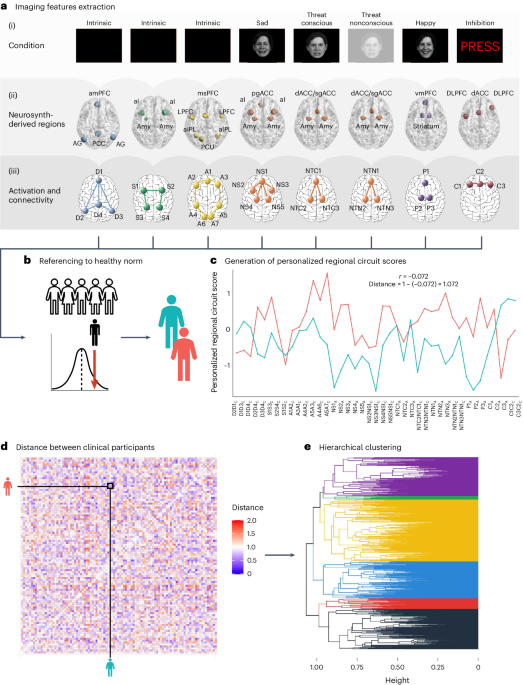
Cognitive behavioral therapy, with and without psychedelic medicines including ketamine are part of these brain-circuit-based interventions. Consider this 2024 paper "Spectral signatures of psilocybin, lysergic acid diethylamide (LSD) and ketamine in healthy volunteers and persons with major depressive disorder and treatment-resistant depression: A systematic review”, (Le, et al, 2024) finding similar brain signatures for ketamine and serotonergic psychedelics (SP’s):
Ketamine and SPs are associated with increased theta power in persons with depression. Ketamine and SPs are also associated with decreased spectral power in the alpha, beta and delta bands in healthy controls and persons with depression. When administered with SPs, theta power was increased in persons with MDD when administered with SPs. Ketamine is associated with increased gamma band power in both healthy controls and persons with MDD.
...
Extant literature evaluating EEG and MEG spectral signatures indicate that ketamine and SPs have reproducible effects in keeping with disease models of network connectivity. Future research vistas should evaluate whether observed spectral signatures can guide further discovery of therapeutics within the psychedelic and dissociative classes of agents, and its prediction capability in persons treated for depression.

"Extant literature evaluating EEG and MEG spectral signatures indicate that ketamine and SPs have reproducible effects in keeping with disease models of network connectivity." (2024)


The medical practice of requiring in-person visits and procedures to buprenorphine prescribing can worsen the burden of OUD treatment for patients by compounding patients’ life demands (e.g. attending appointments while balancing work and child care) and straining their resources (e.g. time, transportation costs) [24]. This approach not only perpetuates the structural stigma of OUD by reinforcing disproportionate health burdens when accessing treatment, but can also exacerbate internalized stigma by incorrectly legitimizing views of people with an OUD as less deserving of compassionate treatment. Rigid in-person visit requirements may do more harm than good [61, 62], and our findings lend further support for removing unnecessary treatment requirements as they may be perceived as stigmatizing and reduce interest in initiating or remaining in OUD treatment.
...the greatest threat to a healthy psychedelic future is the fetishizing of just the drug alone,” adding, “Whether plant, or synthesized compound of one, there is a narrative that all you need to do to change your mind is eat something. I unknowingly contributed to that narrative.
— Rosalind Watts, psychedelic researcher, as quoted in "Some psychedelic medicine developers want to ditch the therapy aspect. What could go wrong?” (Salon, 2024).

from a rave drug to a potentially groundbreaking mental health therapy, used to assist talking therapy sessions, ketamine-assisted psychotherapy, now clinically available, bolstered by impressive clinical trial results, is an effective treatment for depression, addiction and post-traumatic stress disorder.
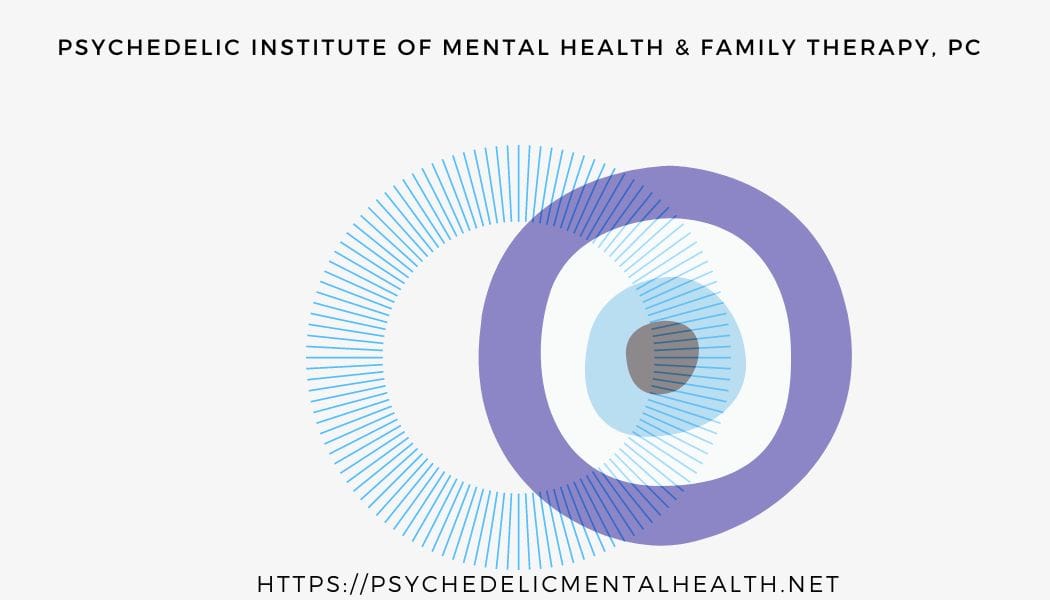



On Esketamine sold as Spravato (2019)
Digital CBT Interventions Predict Robust Improvements in Anxiety and Depression Symptoms: A Retrospective Database Study (Holley, et al, 2024)

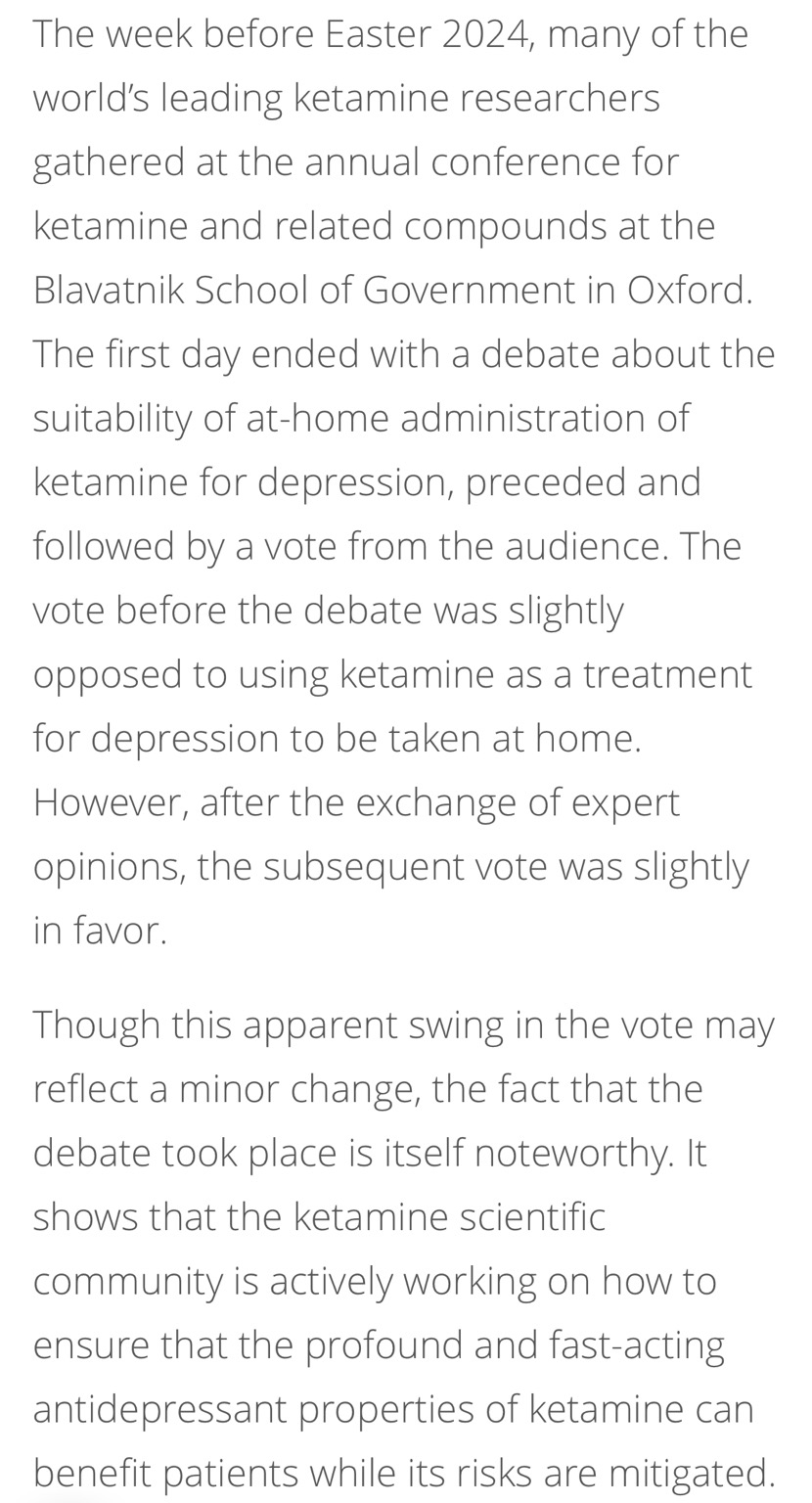
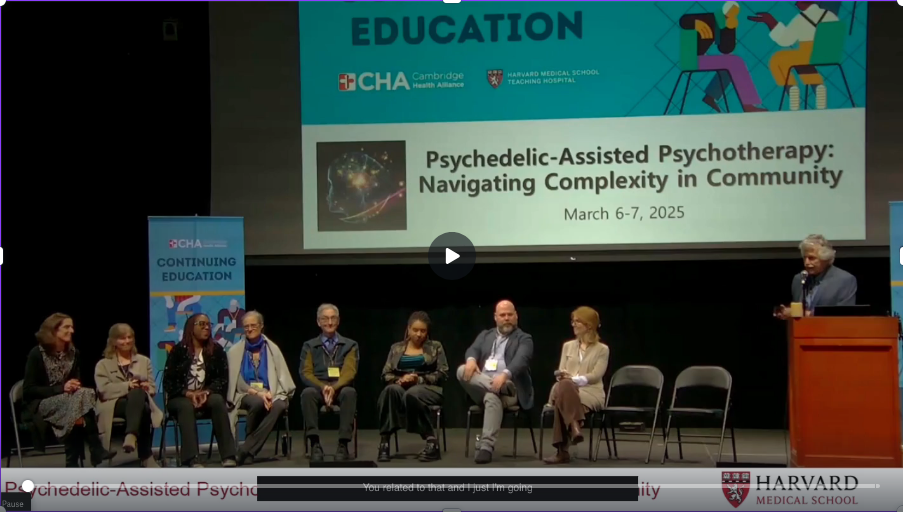
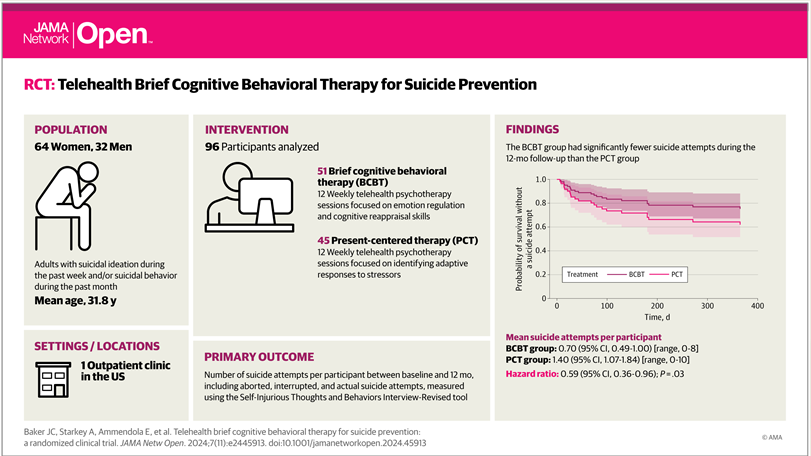
Telehealth CBT for Suicide Prevention JAMA
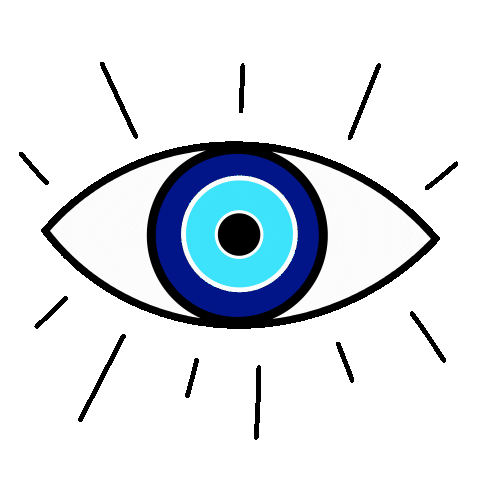

Approaches to ketamine therapy that involve active therapeutic support, such as KAP, leverage the subjective psychoactive effects of ketamine administration to maximise therapeutic benefit.12 Indeed, although the role of the acute psychoactive effects of ketamine remains a subject of debate, theory and research suggests that these effects may be important, and perhaps even central. For example, a ketamine-assisted psychotherapy session using a single psychedelic dose of ketamine produced higher rates of abstinence from heroin users than did a low sub-psychedelic dose.18 Further, an analysis of data from several studies of in-patient use of ketamine for the treatment of depression found that dissociative effects during the infusion were correlated with the antidepressant response.30 Another study in cocaine users identified a strong mediating effect of mystical experiences on ketamine-related reductions in cocaine use and craving, leading the authors to call for approaches to ketamine therapy that explicitly evoke and capitalise on the salutary effects of mystical experiences.31 (2021)
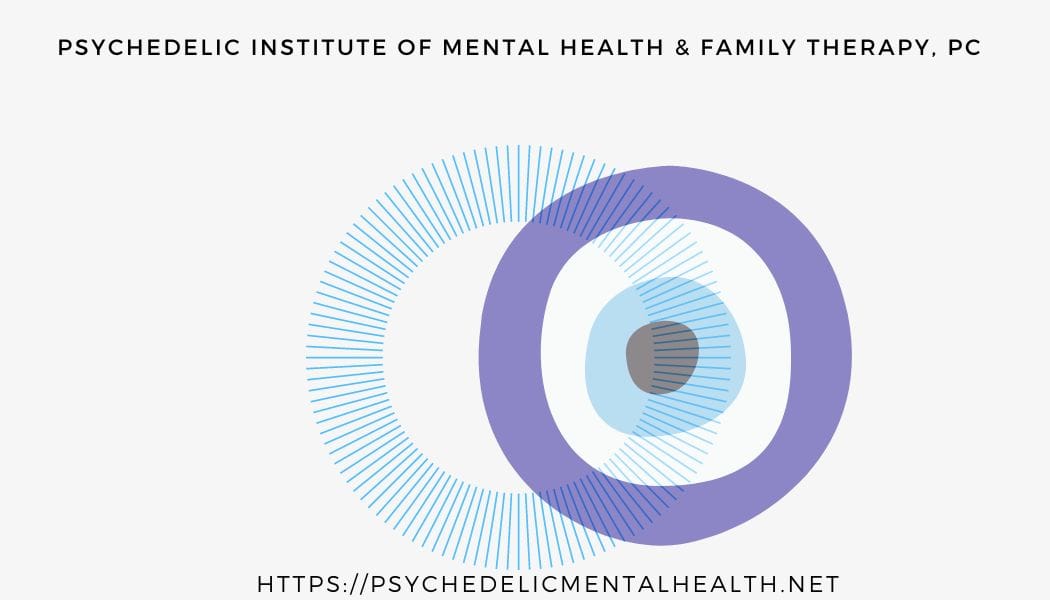
The Journal of Clinical Psychiatry 2025: Psychedelic-assisted therapy (PAT) combines psychedelics, such as psilocybin, with guided psychotherapeutic support.1 These substances interact with patient’s mindset (“set”) and the surrounding environment (“setting”),2 making the context of the experience a critical factor in therapeutic outcomes.
This is just some of the ongoing context of what has been called, “The Psychedelic Renaissance”, “The Psychedelic Hype Bubble”, and “the Wild West”. The FDA advisory committees for MDMA-Assisted Therapy, racemic ketamine and other psychedelic New Drug Applications (NDA’s) have access to this information, as do the researchers at MAPS/Lykos, MindMed, Compass, Atai and the other psychedelic corporations and stakeholders in the psychedelic space.
FDA: "The MAPS-based regimen may not be generalizable to all types of psychotherapy practices. We recommend using an evidence-based standard of care psychotherapy in lieu of the MAPS-developed psychotherapy in any future studies."
Cognititve behavioral therapy is an evidence-based psychotherapy approach. Psychedelic pharmaceutical companies attempting to patent their own form of psychedelic-assisted psychotherapy risk the same rejections of their treatments as MAPS, due to the non-generalizability. This is not a question of psychotherapy not being evidence-based, but a question of non-evidence based psychotherapy modalities being used in research in lieu of standards of care, namely, cognititve behavioral therapy.
This review is ongoing.
Part of an ongoing series and literature review of psychedelic-assisted psychotherapy, focusing on ketamine and cognitive behavioral therapy. | This information does not constitute or replace direct medical or mental health care from your providers.
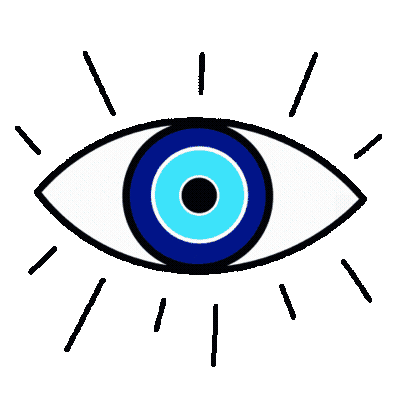

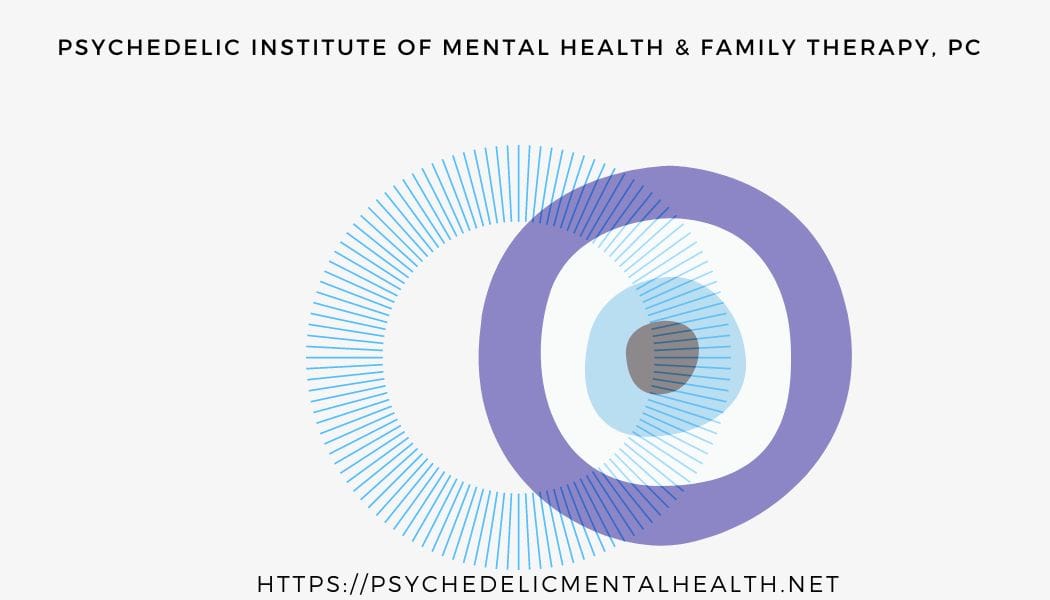
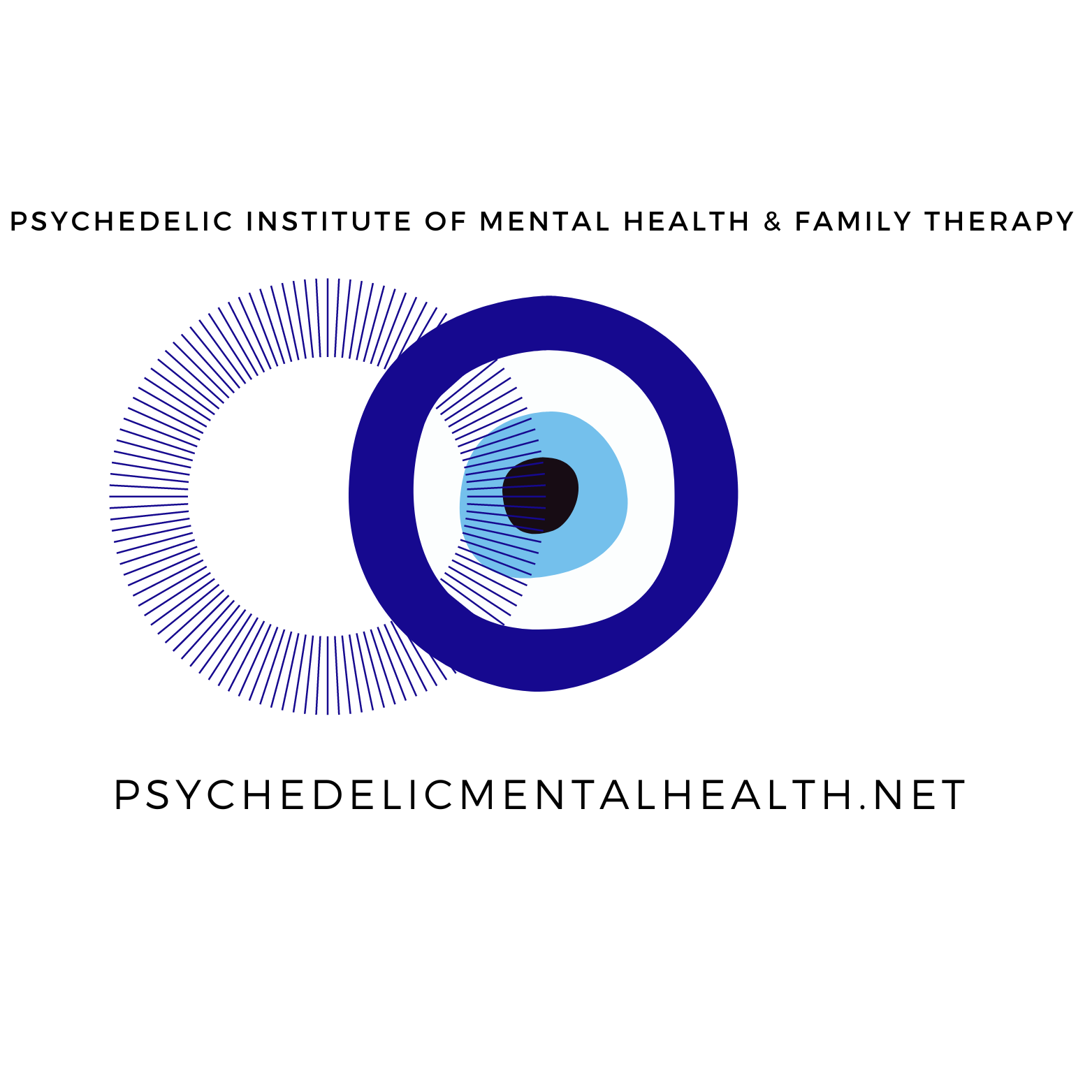

The Psychedelic Institute of Mental Health & Family Therapy | Telehealth CA, NY, UT, VT | Clinical Fellowships in Psychedelic-Assisted Psychotherapy & Support | By Referral

